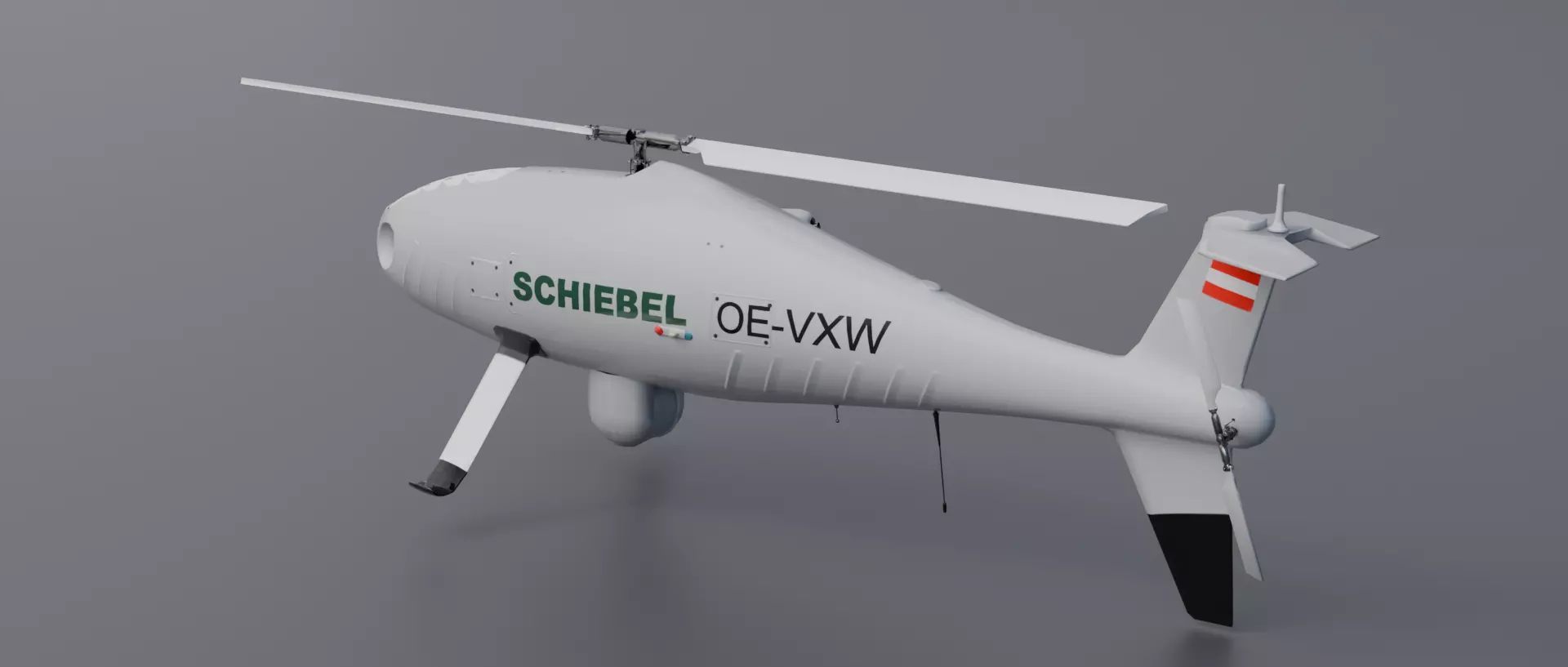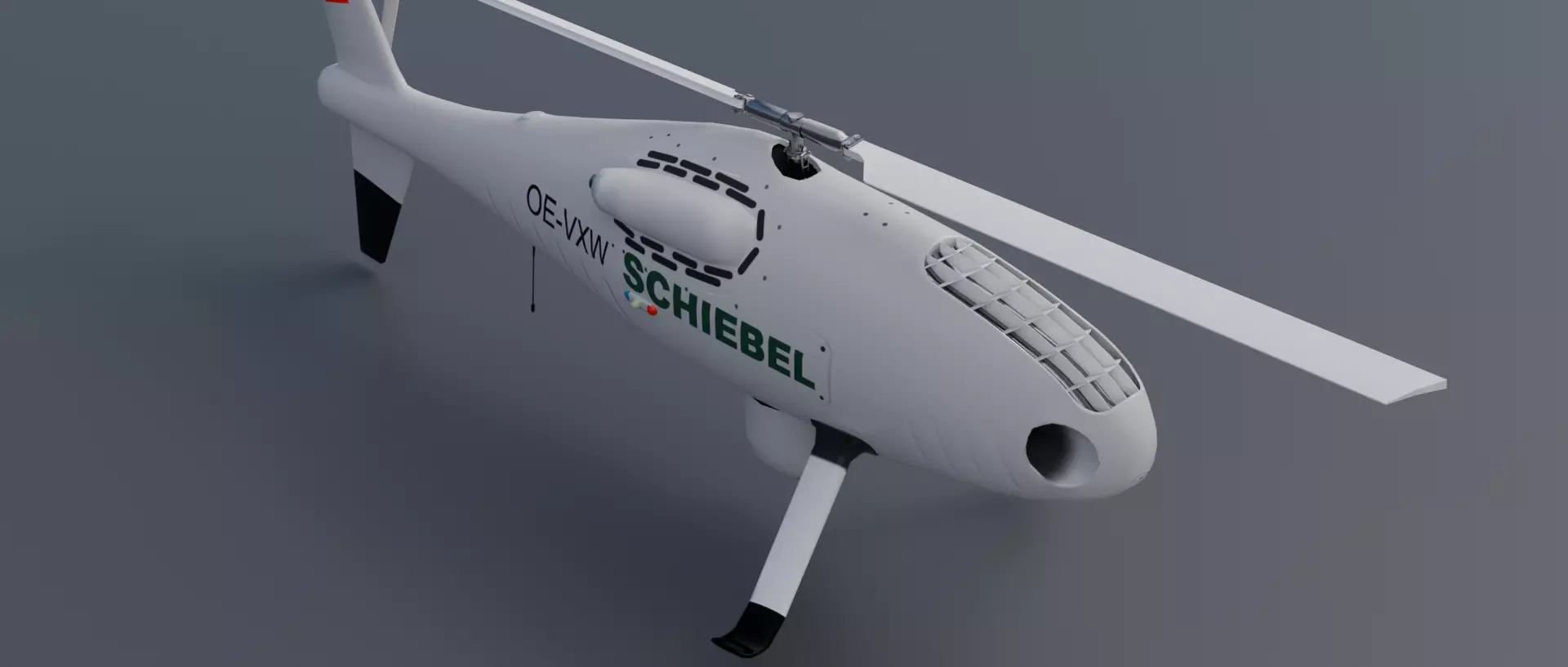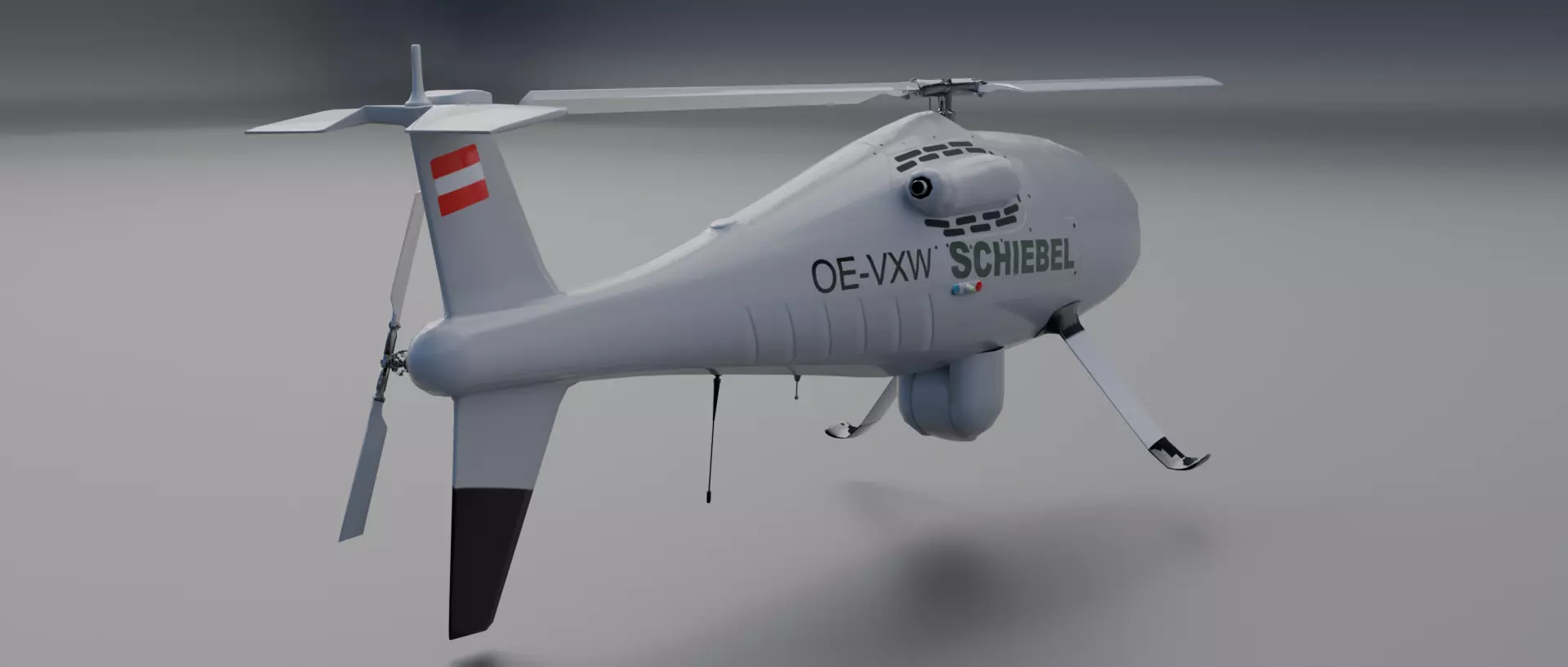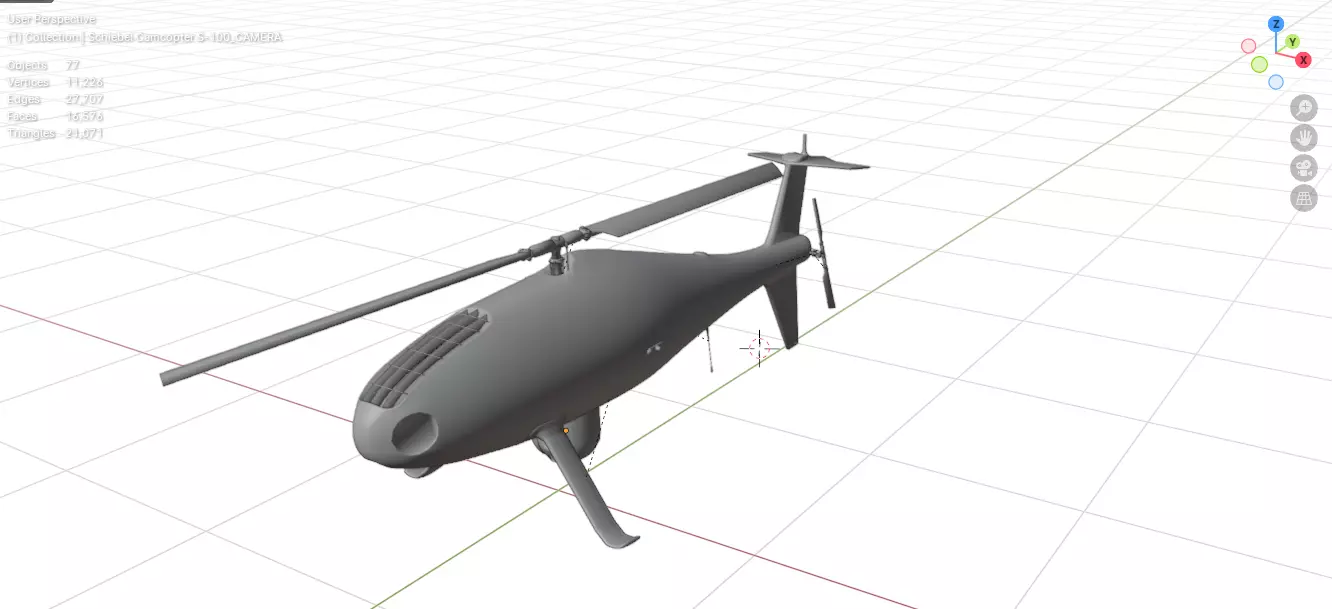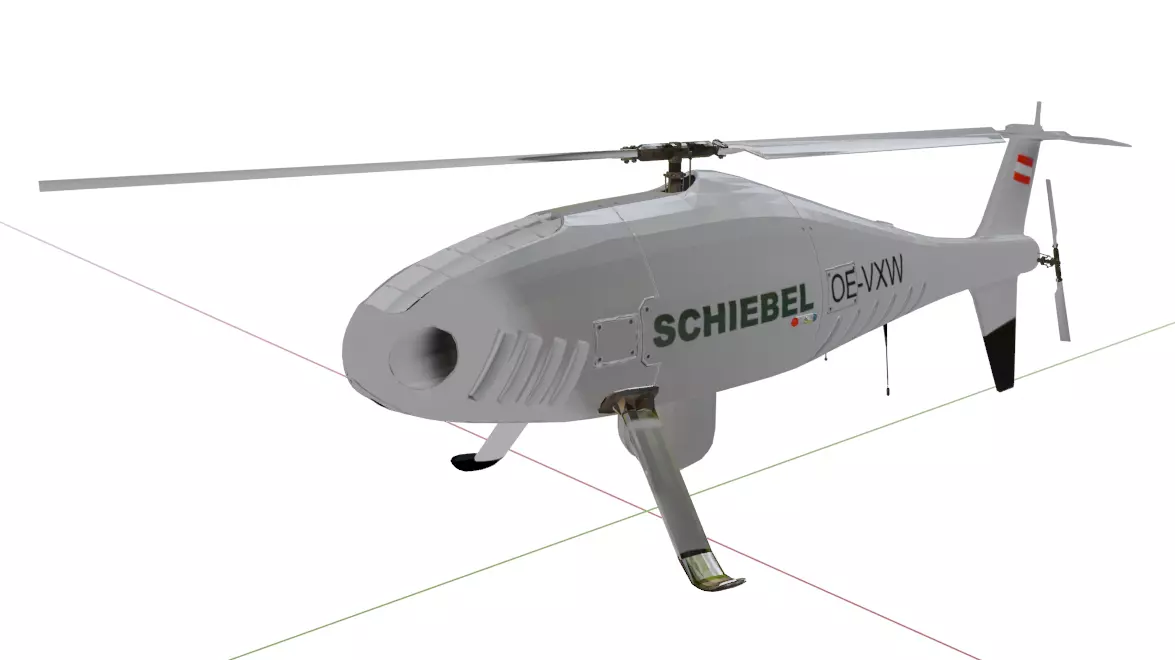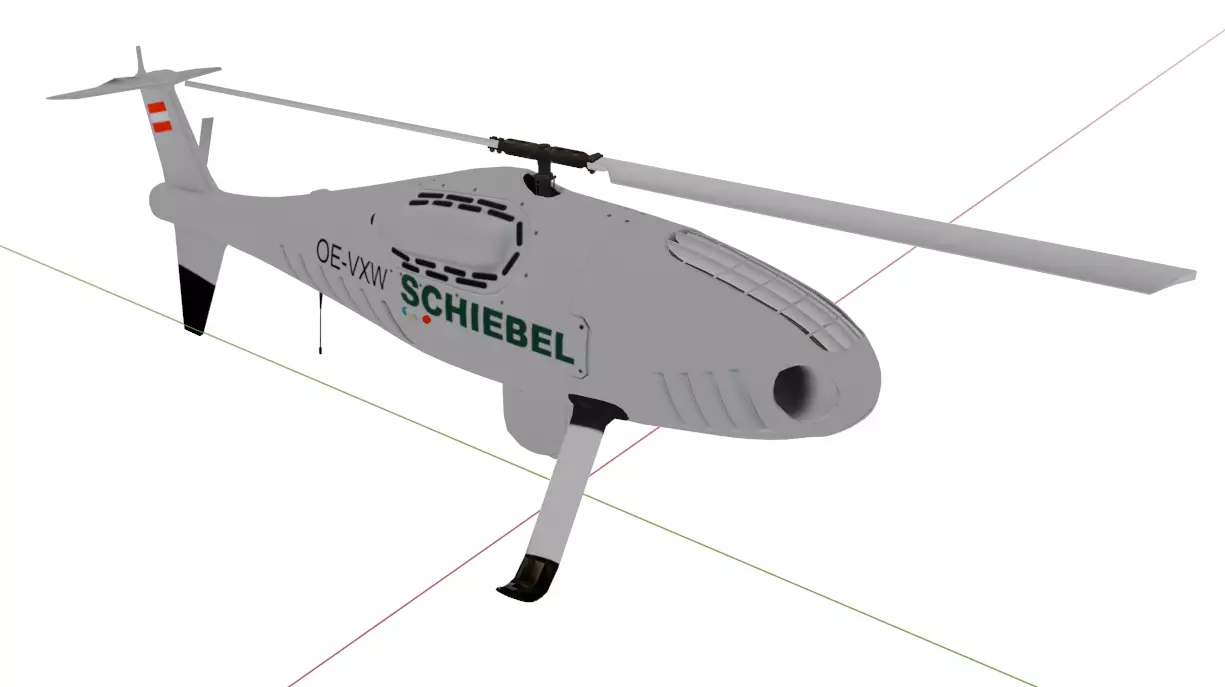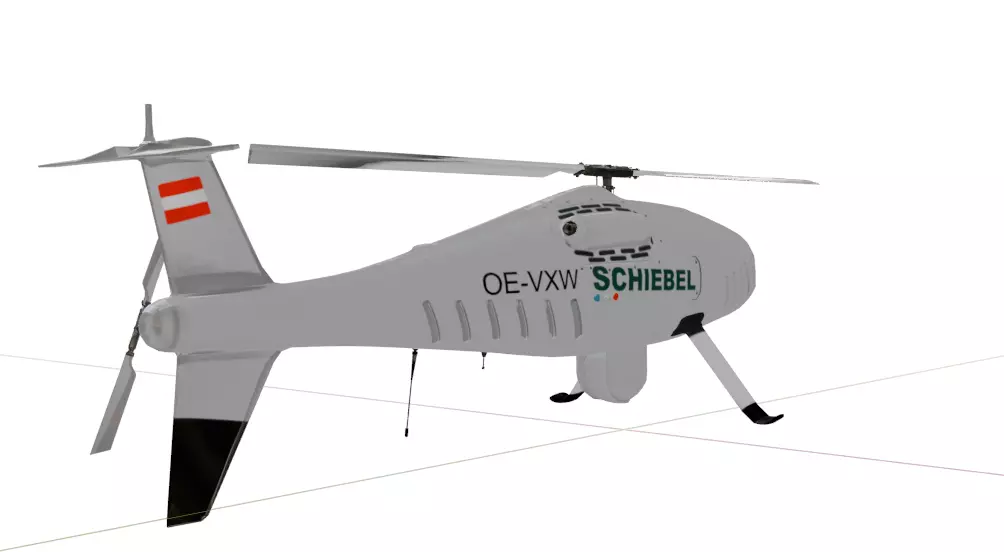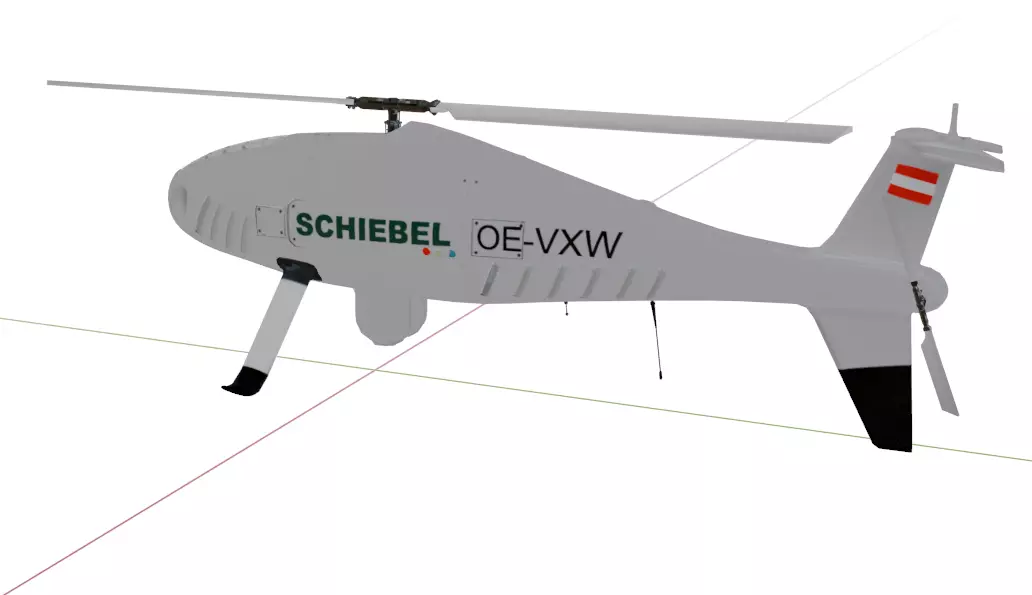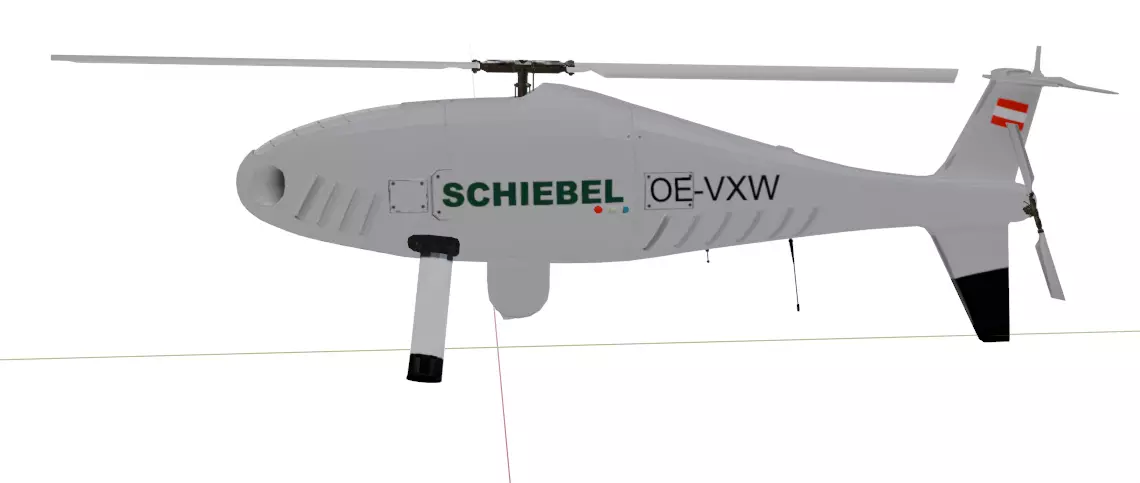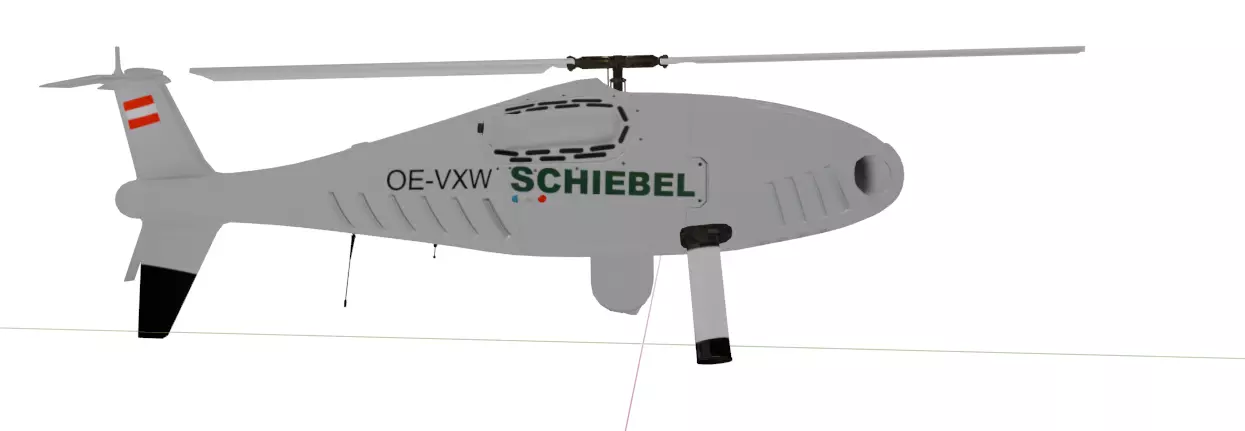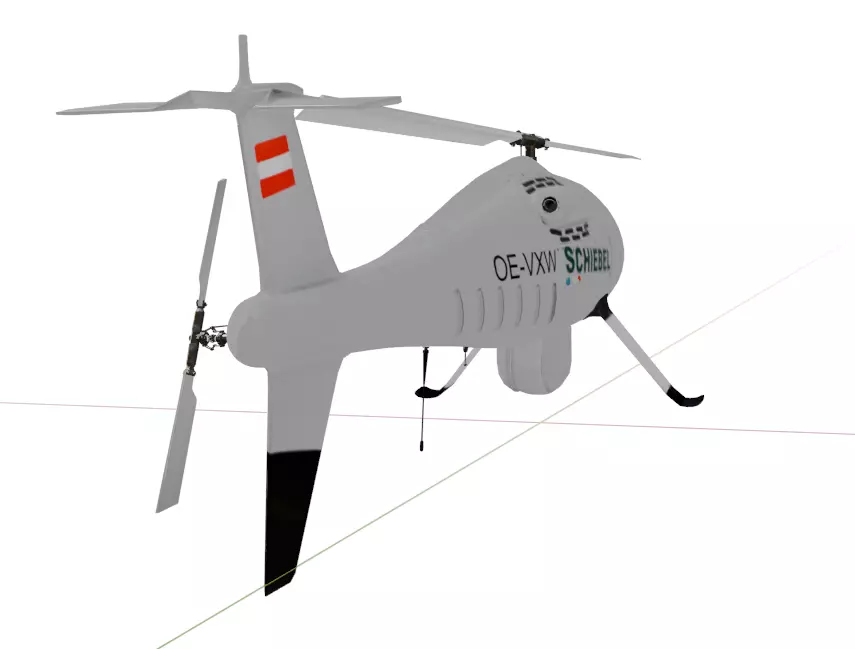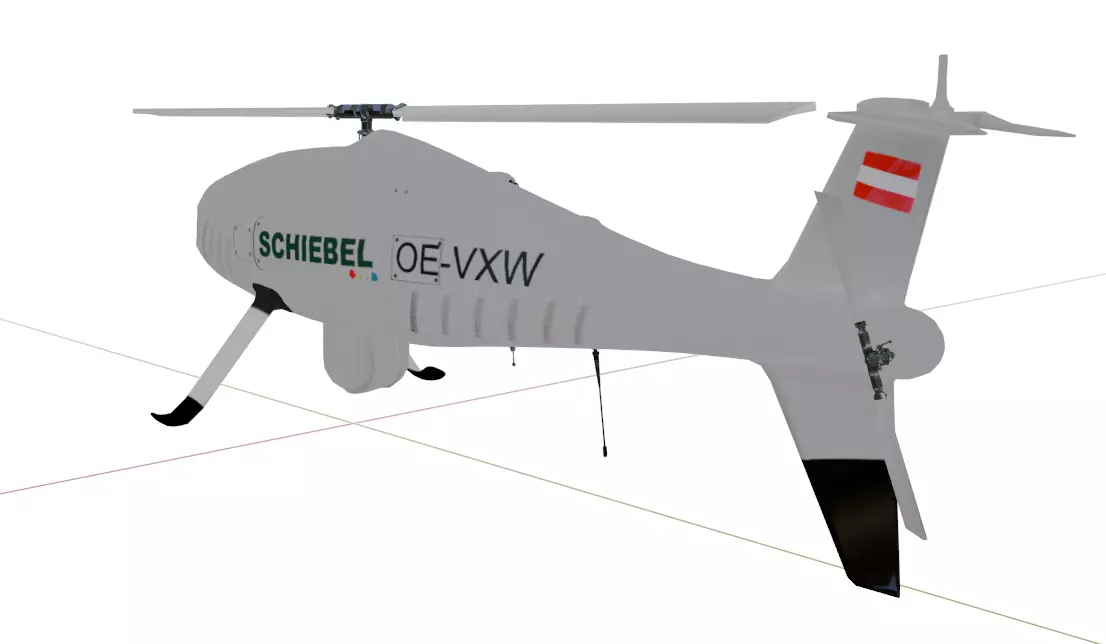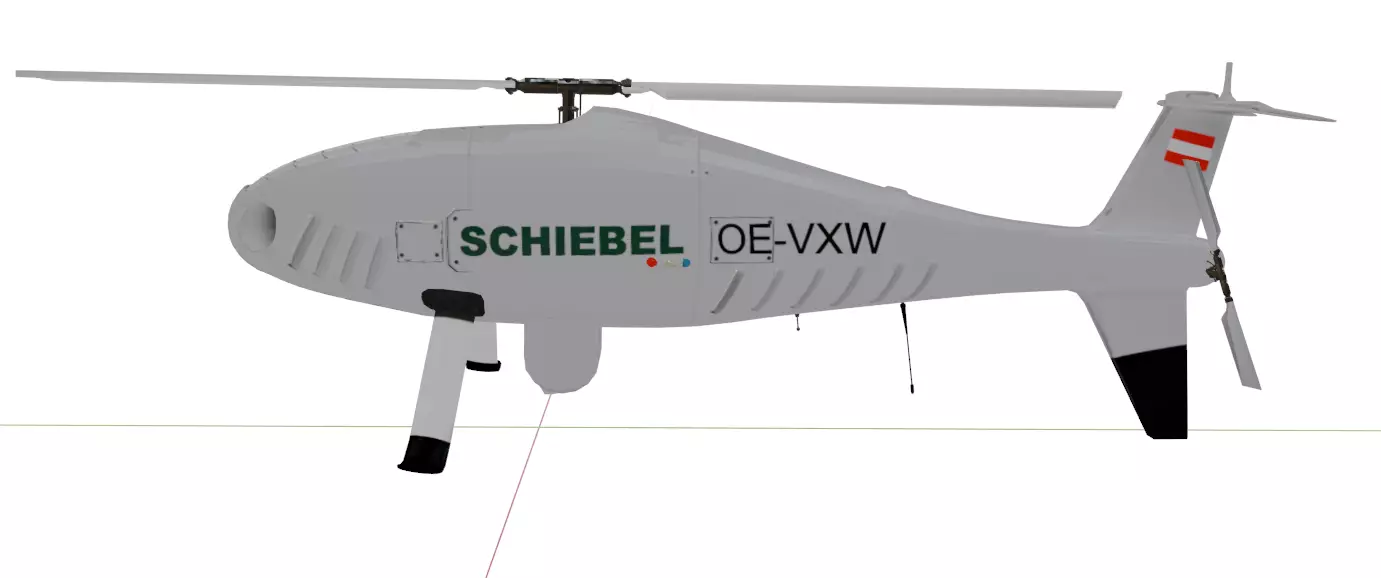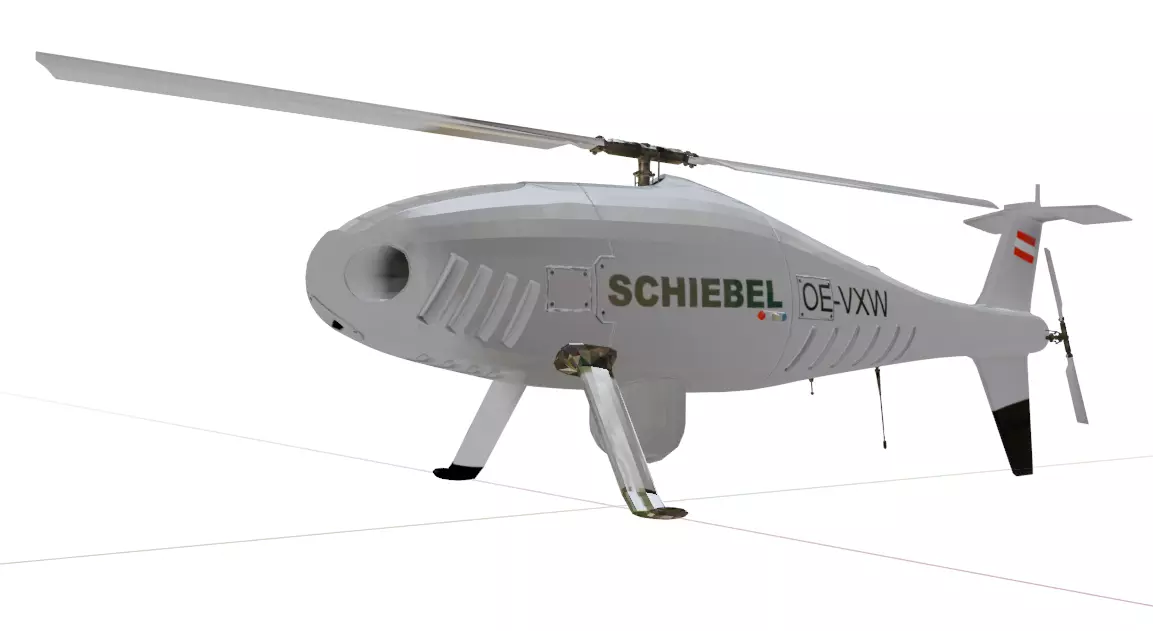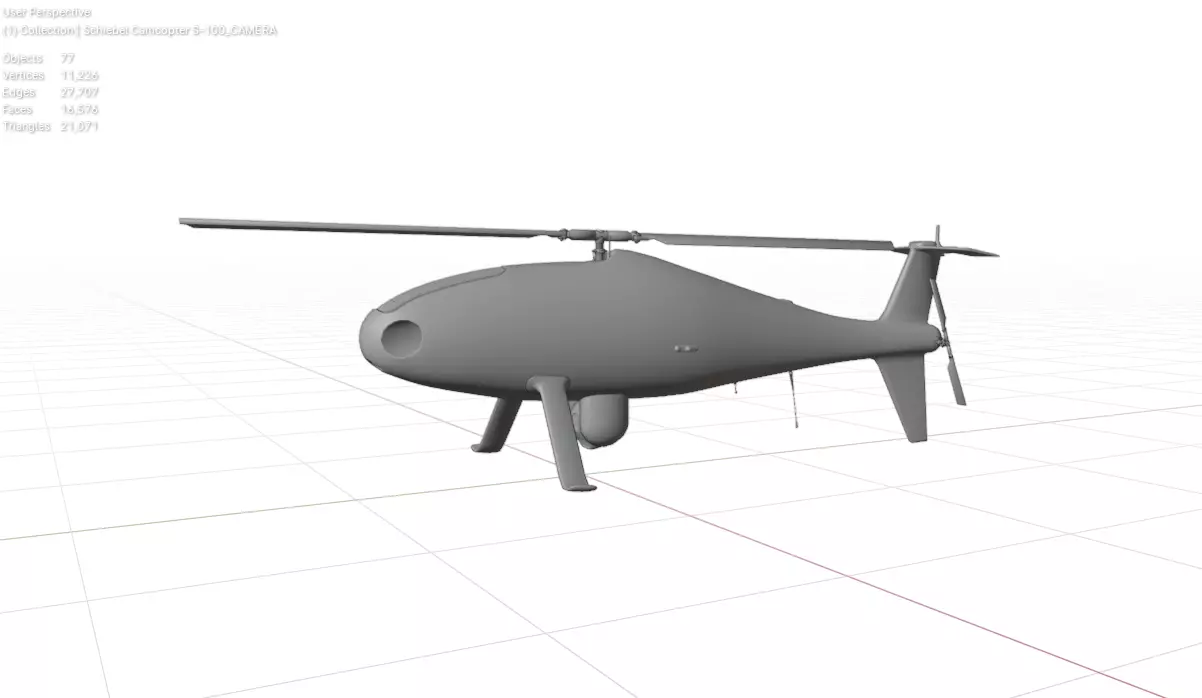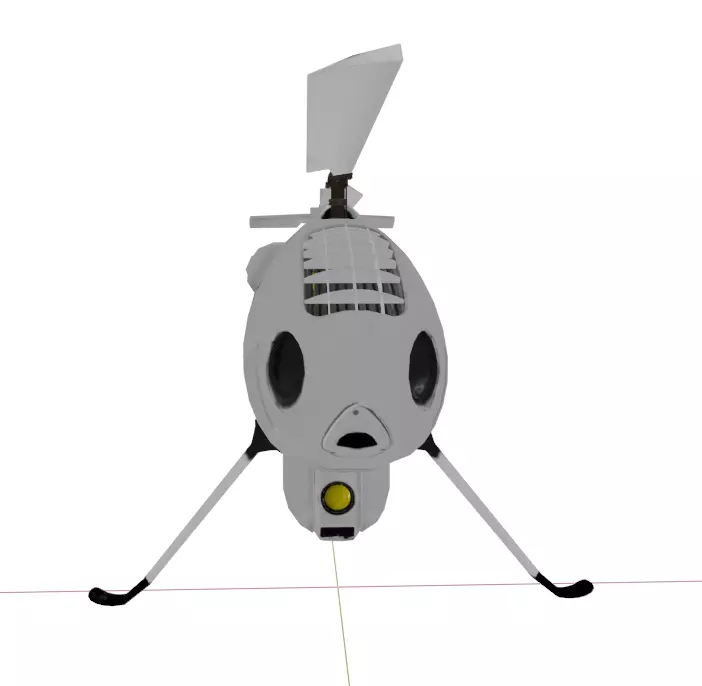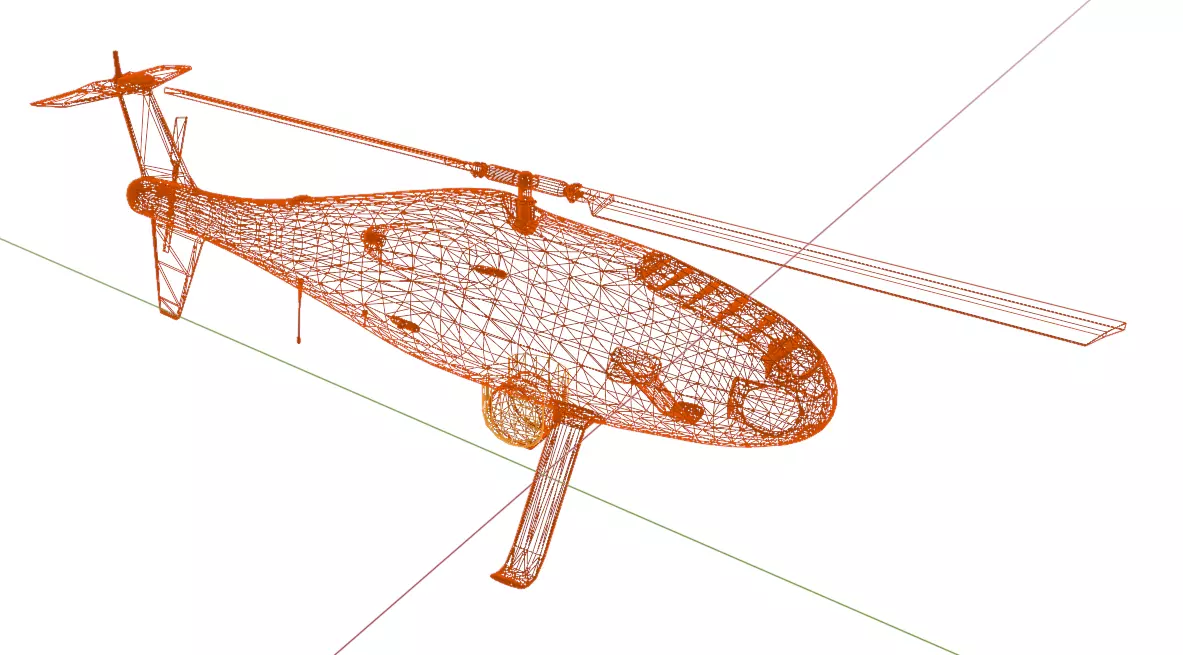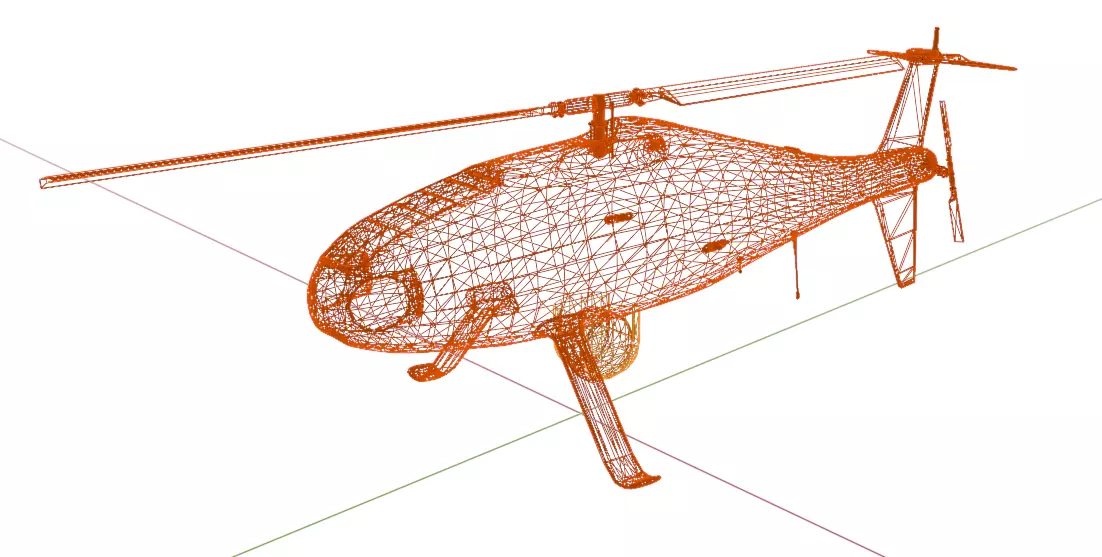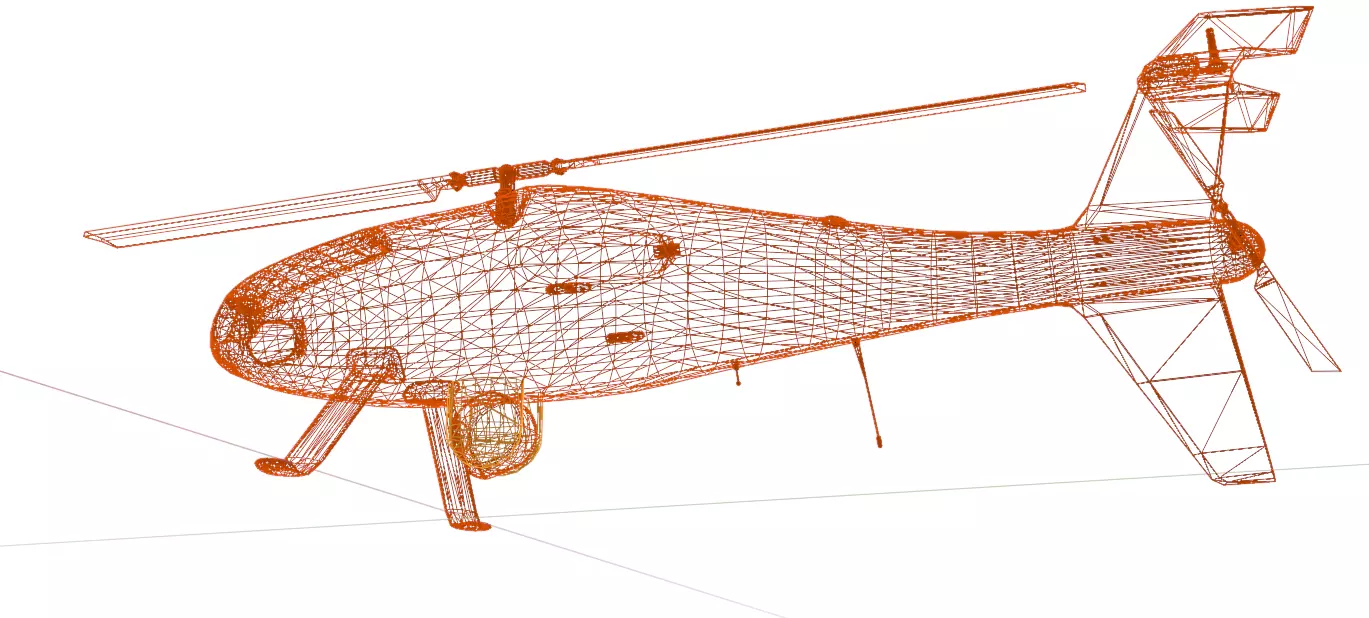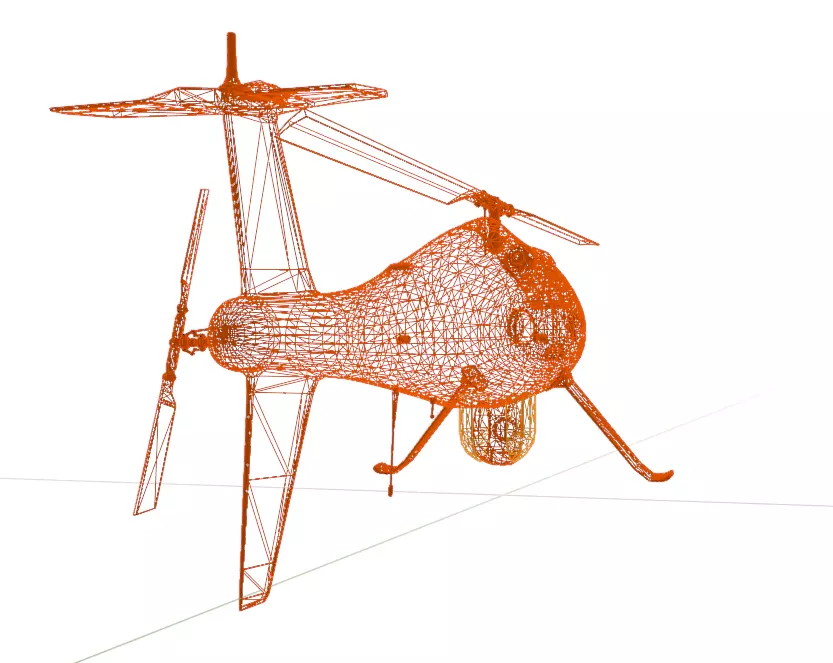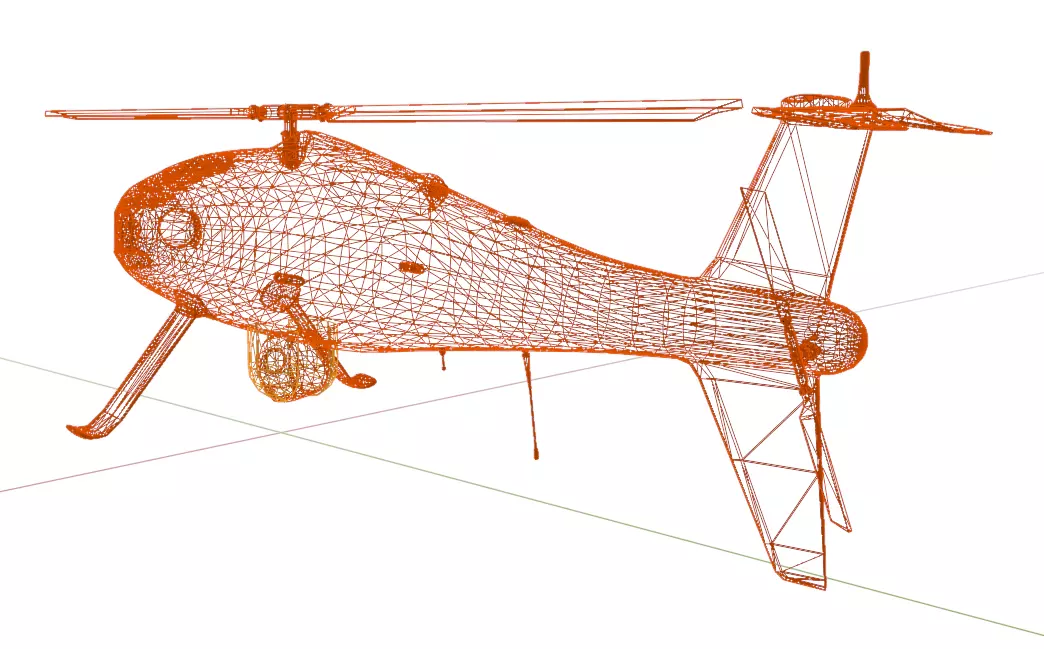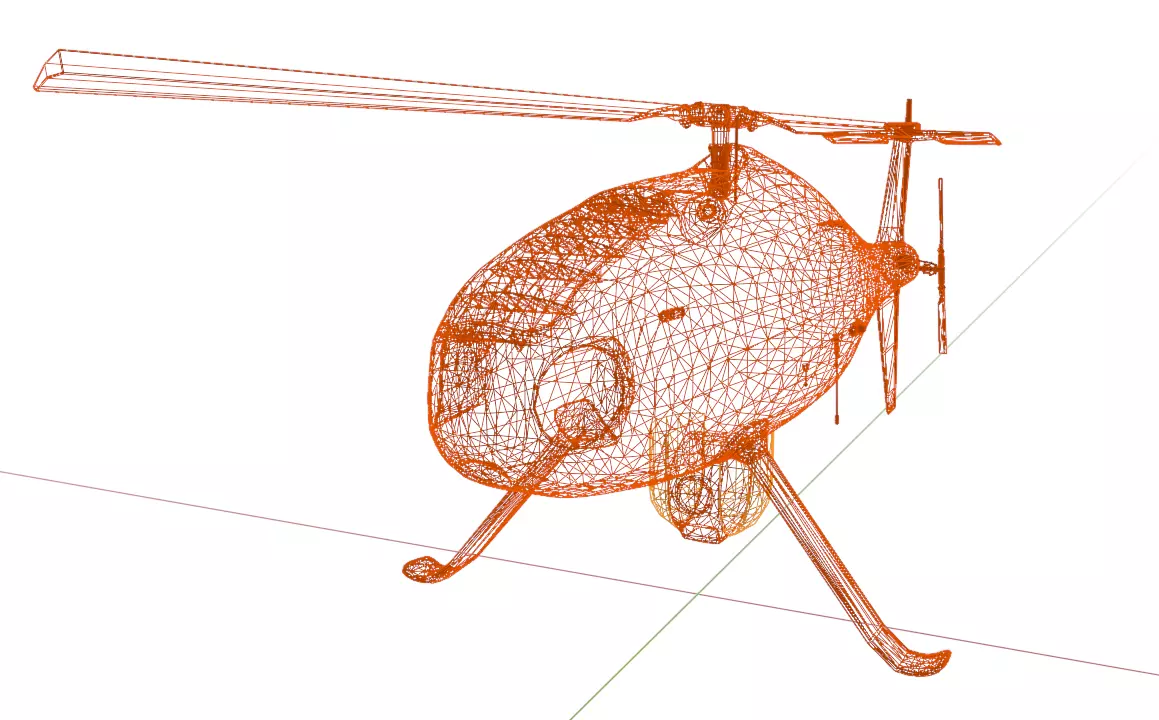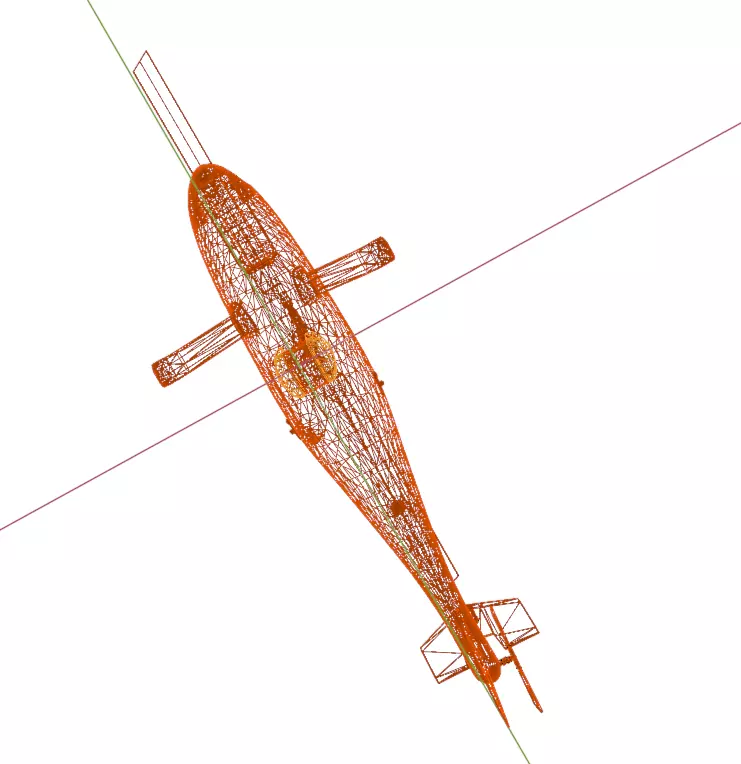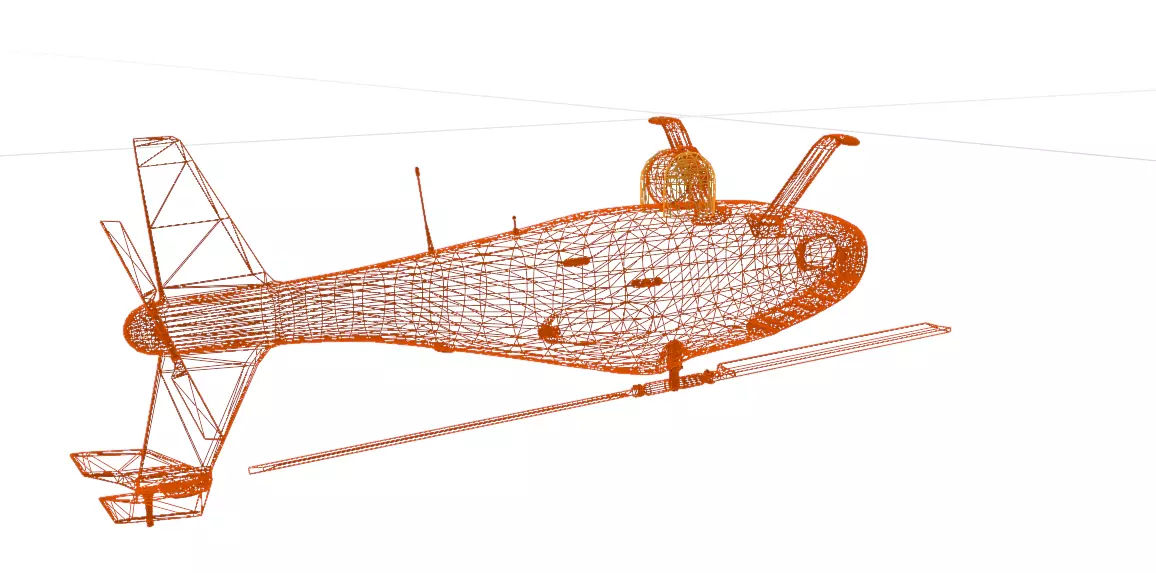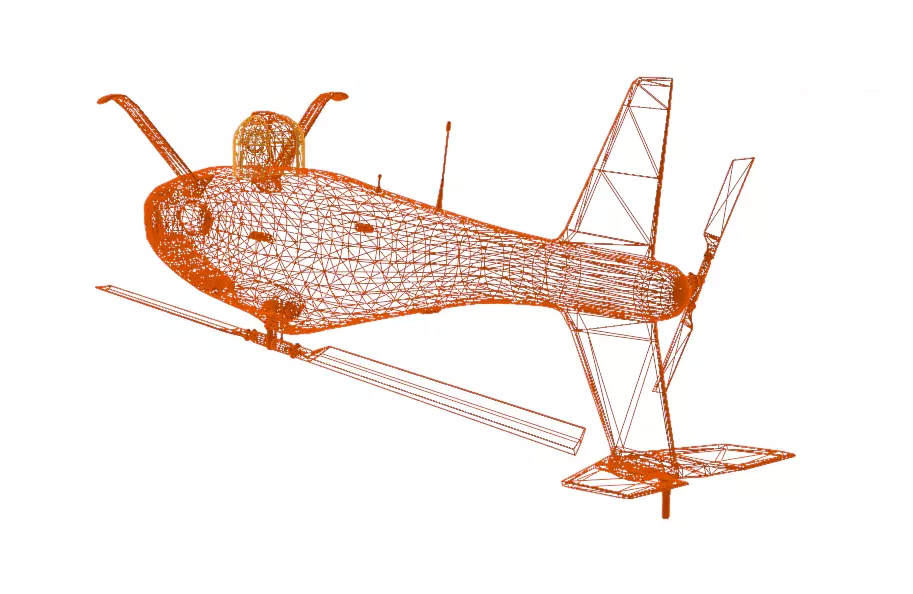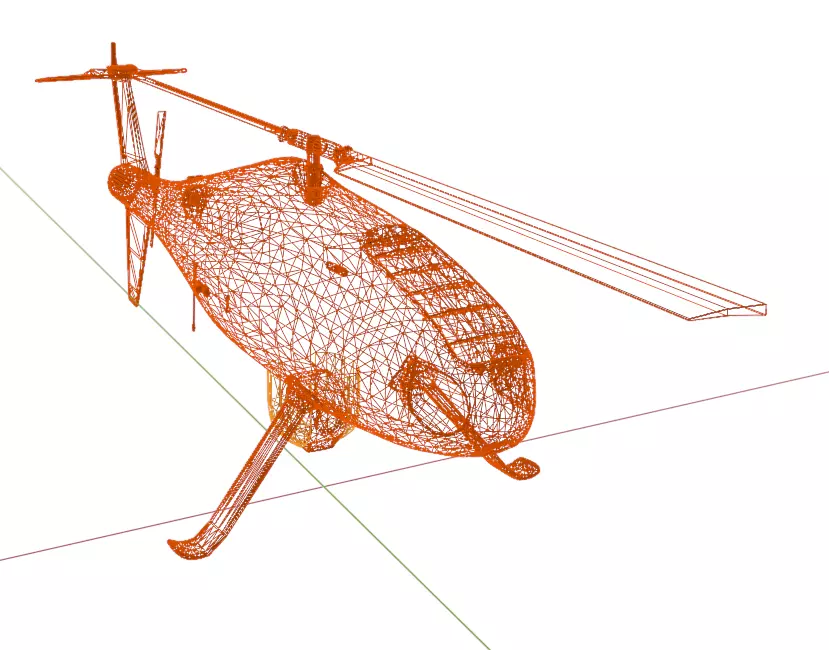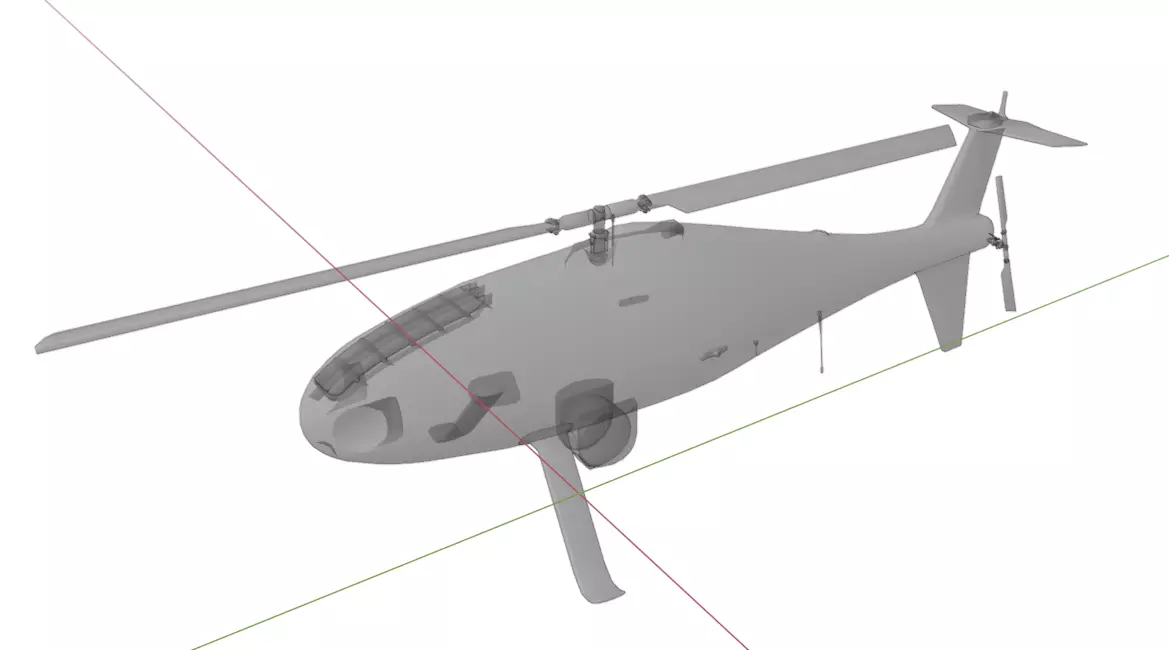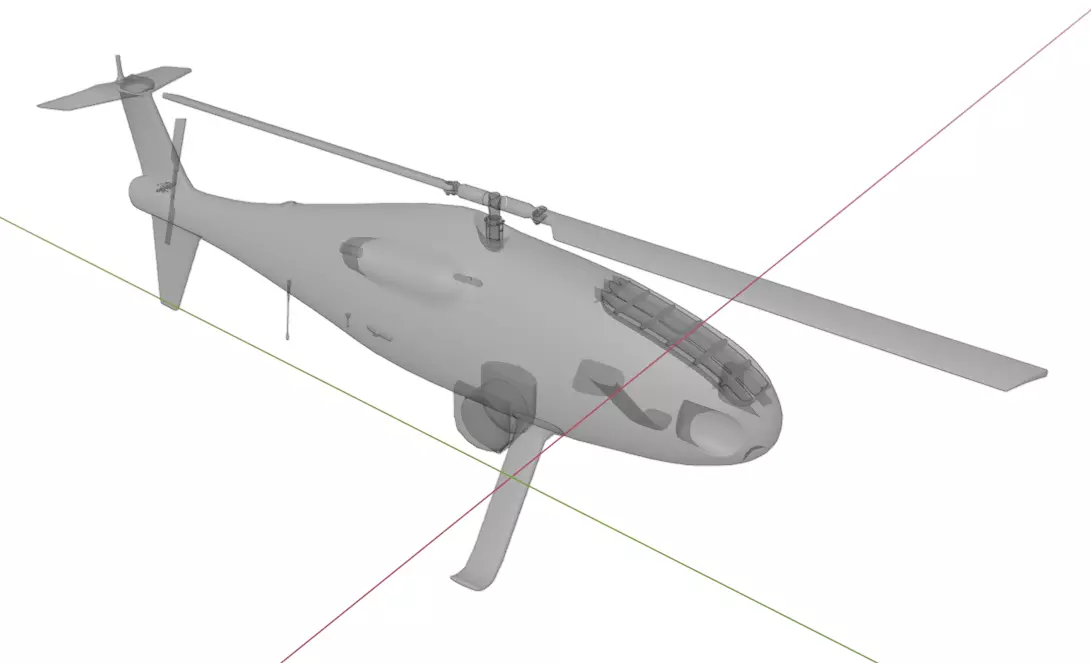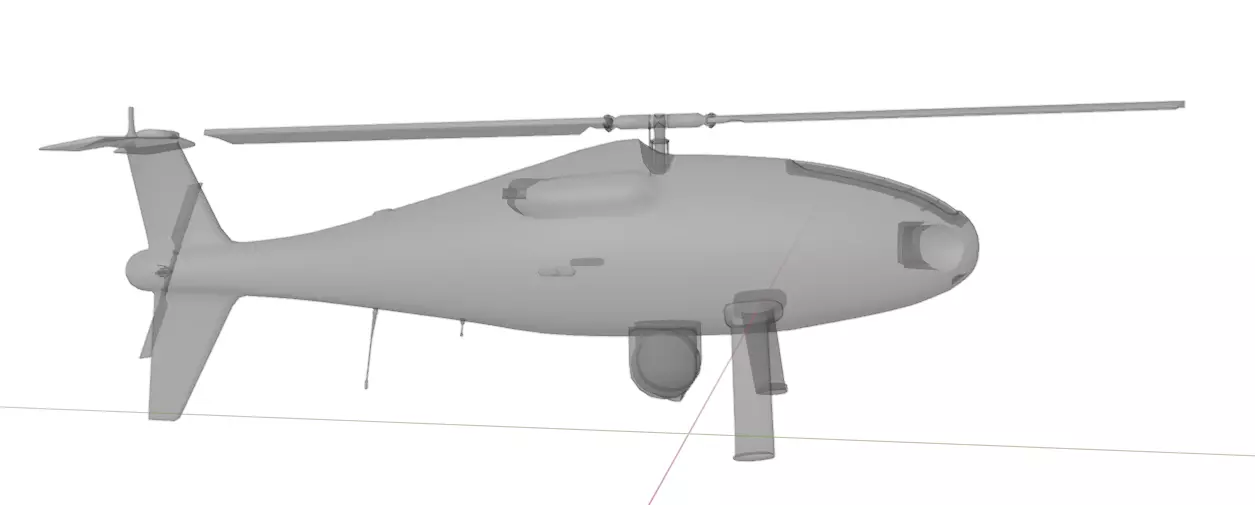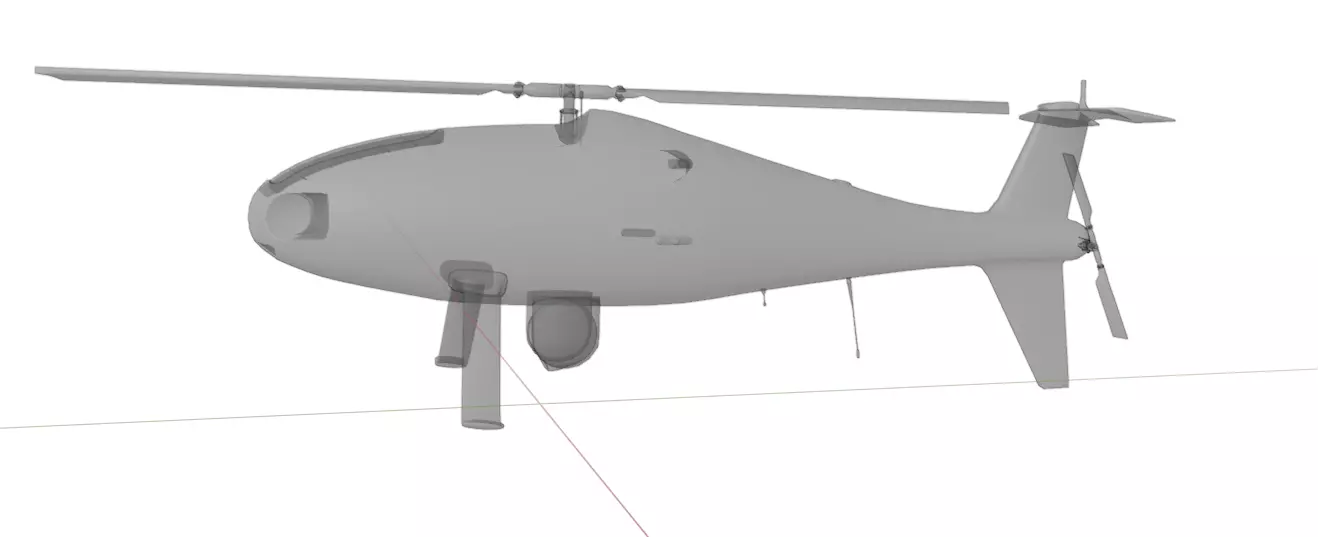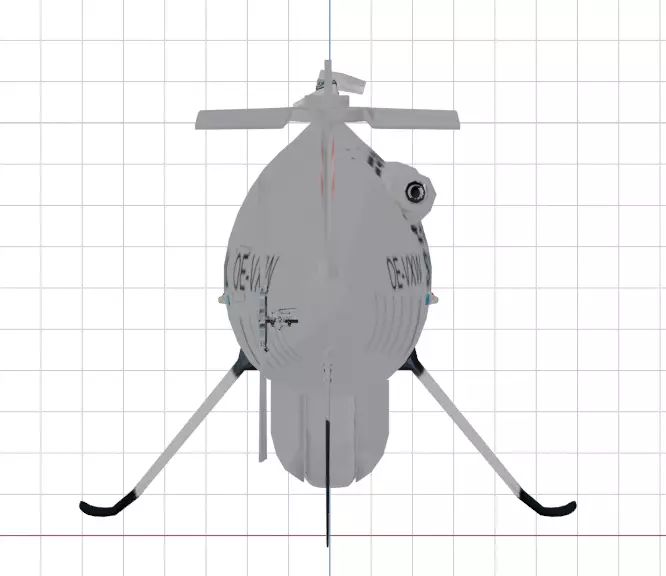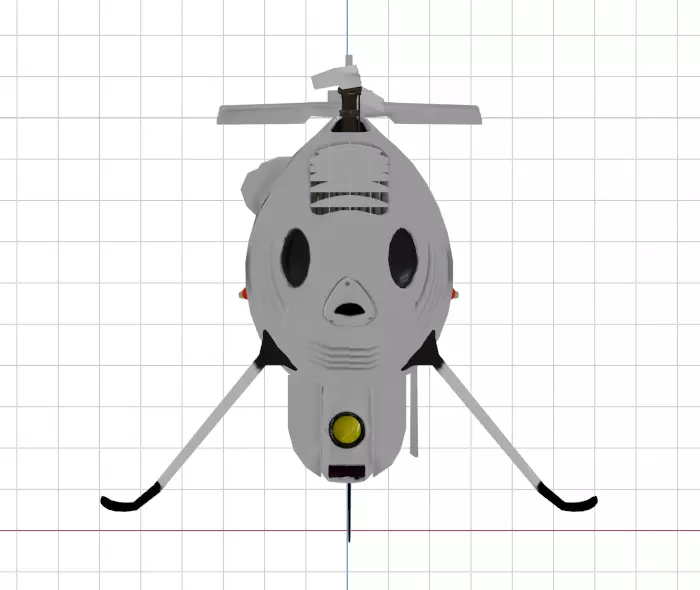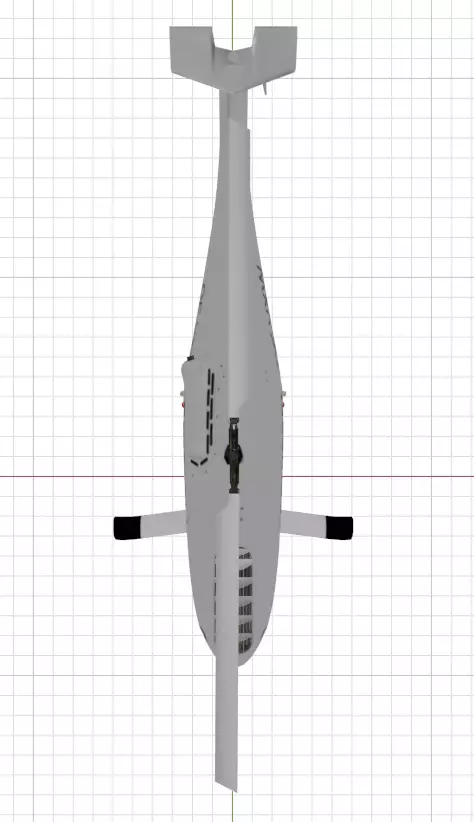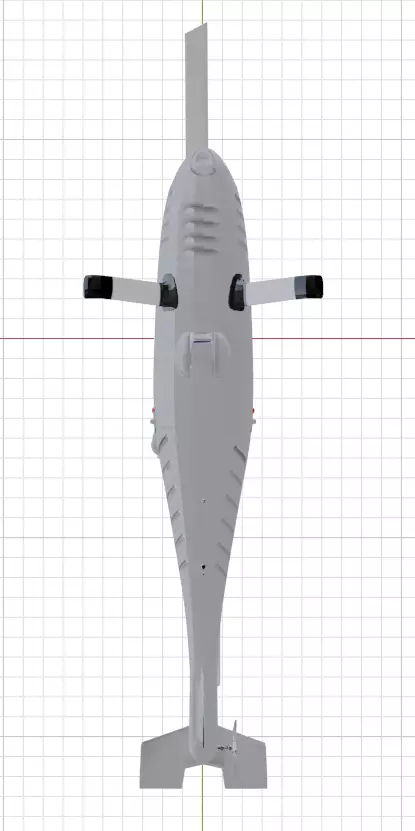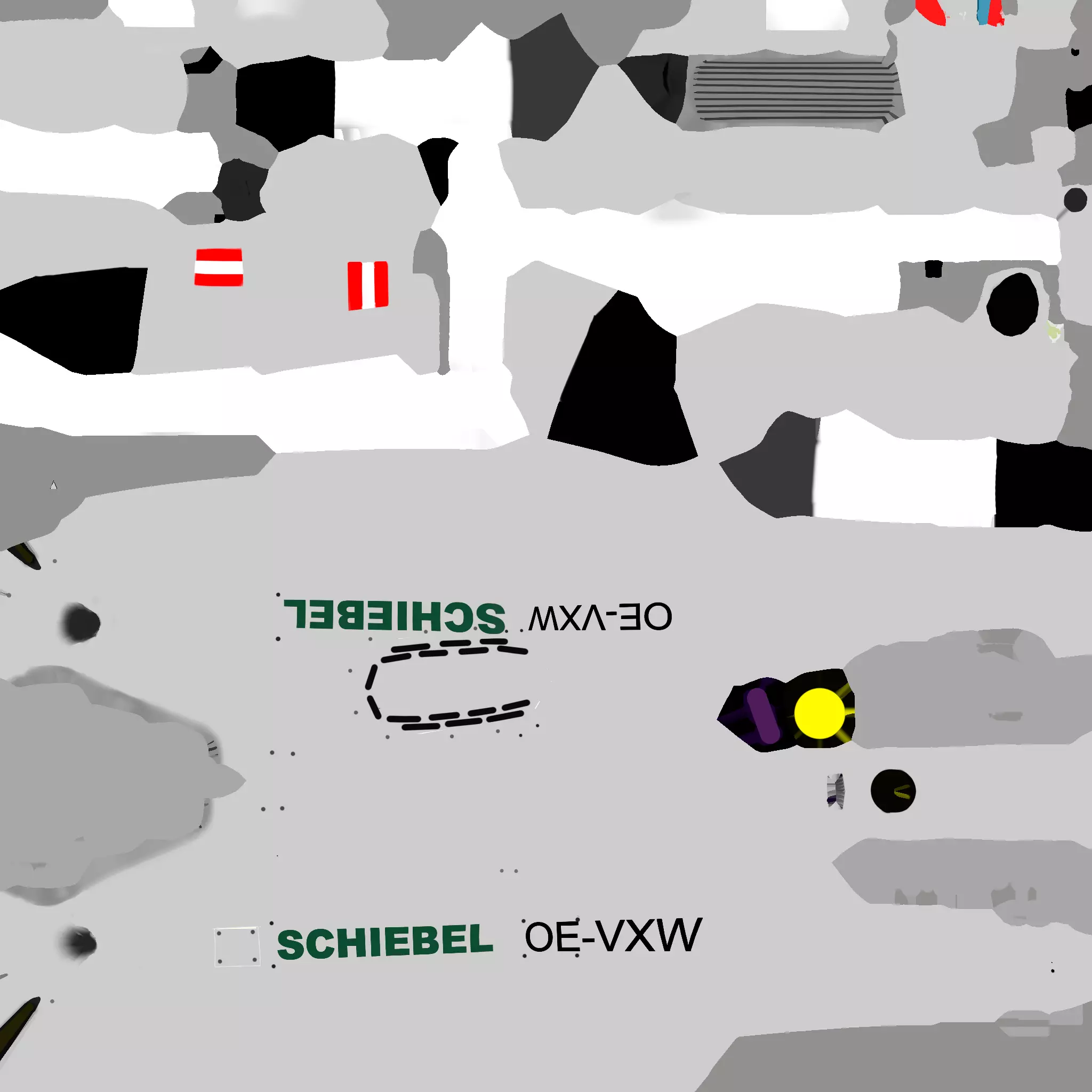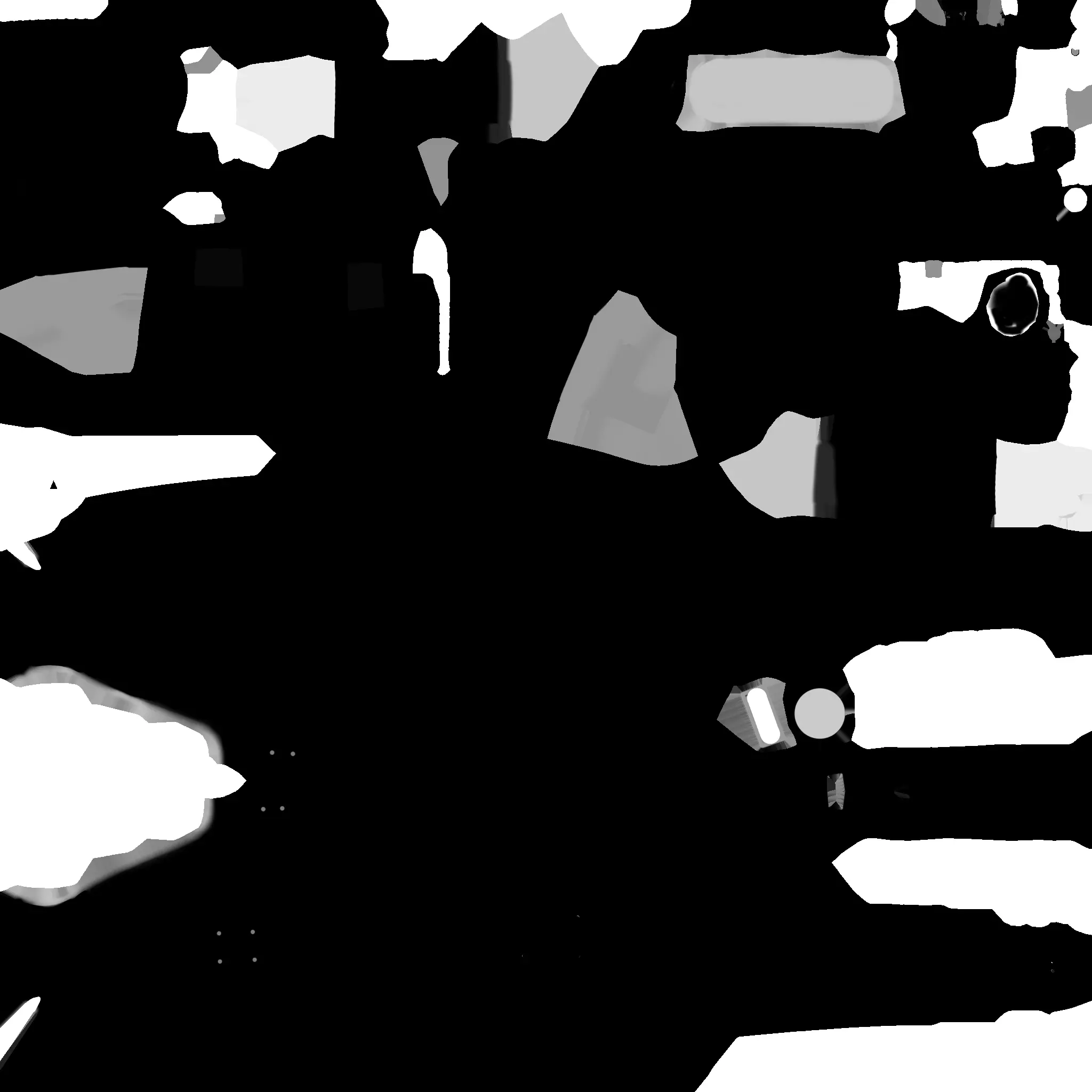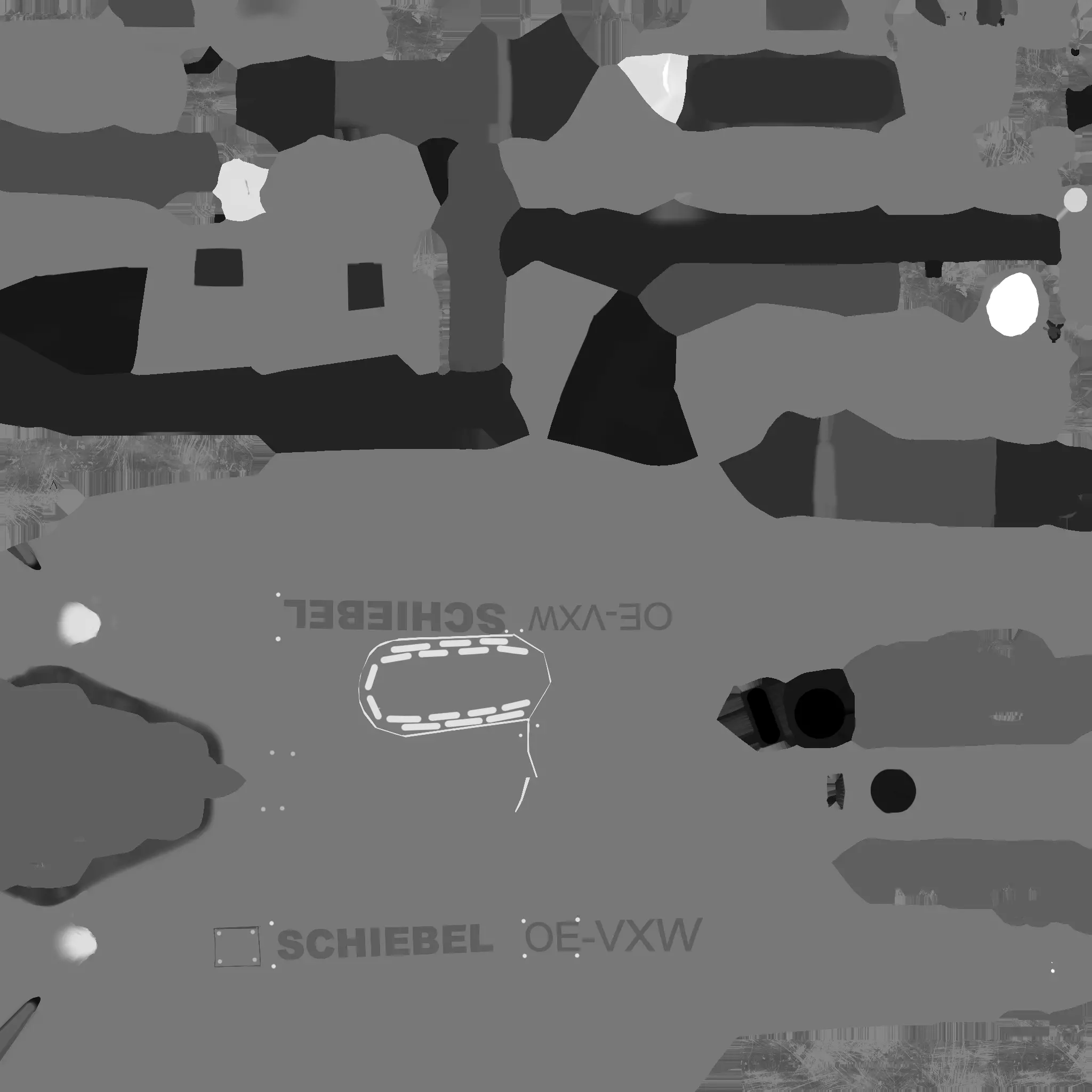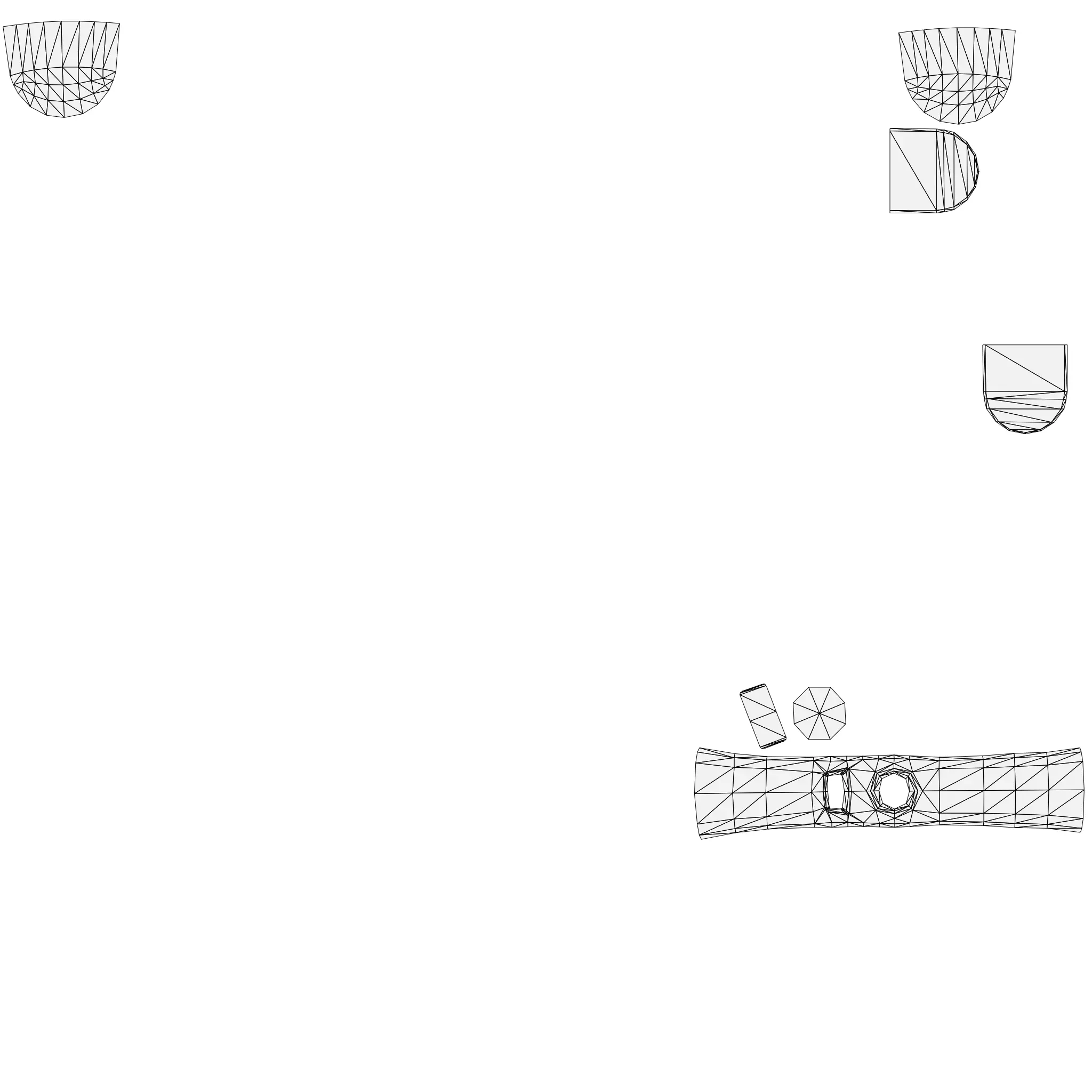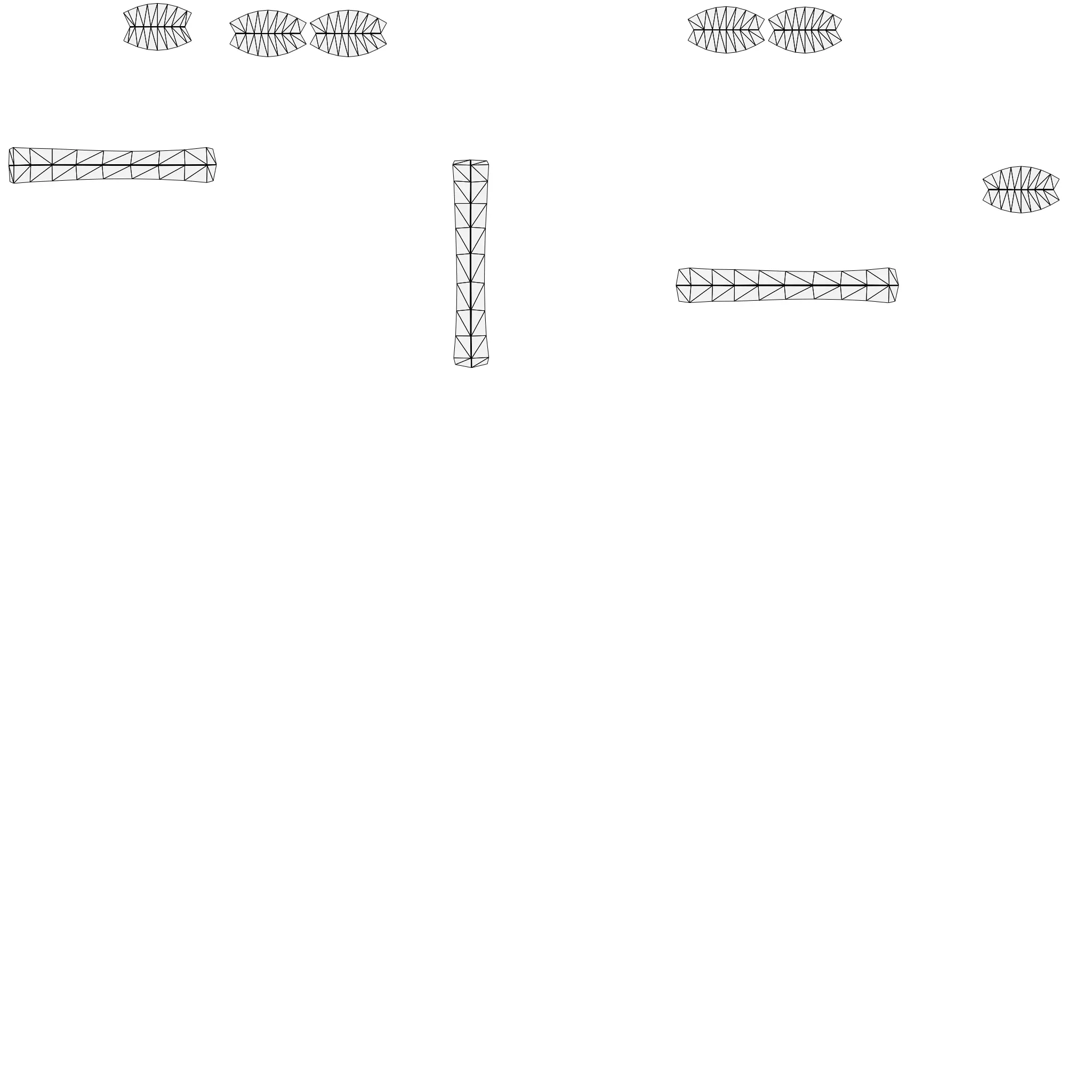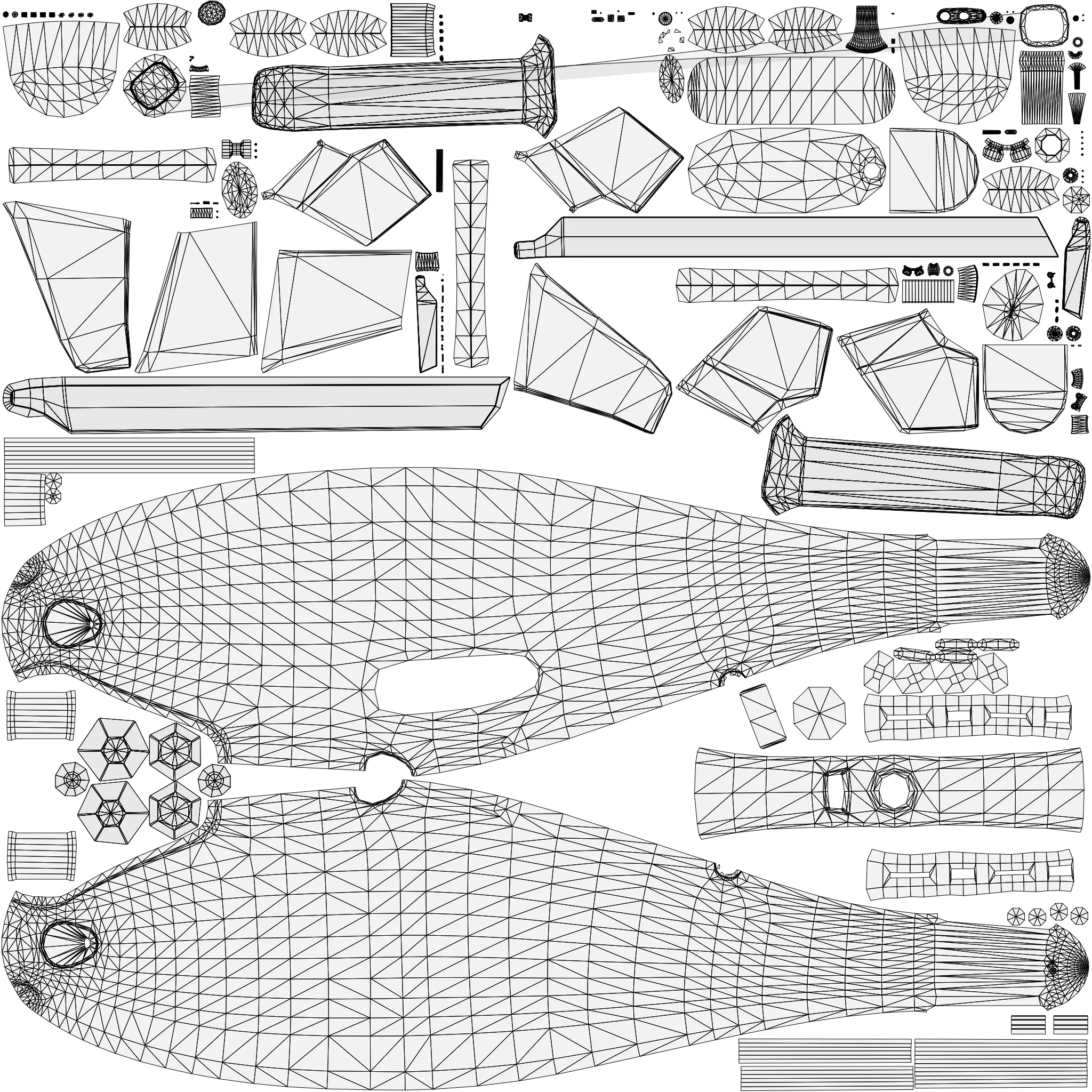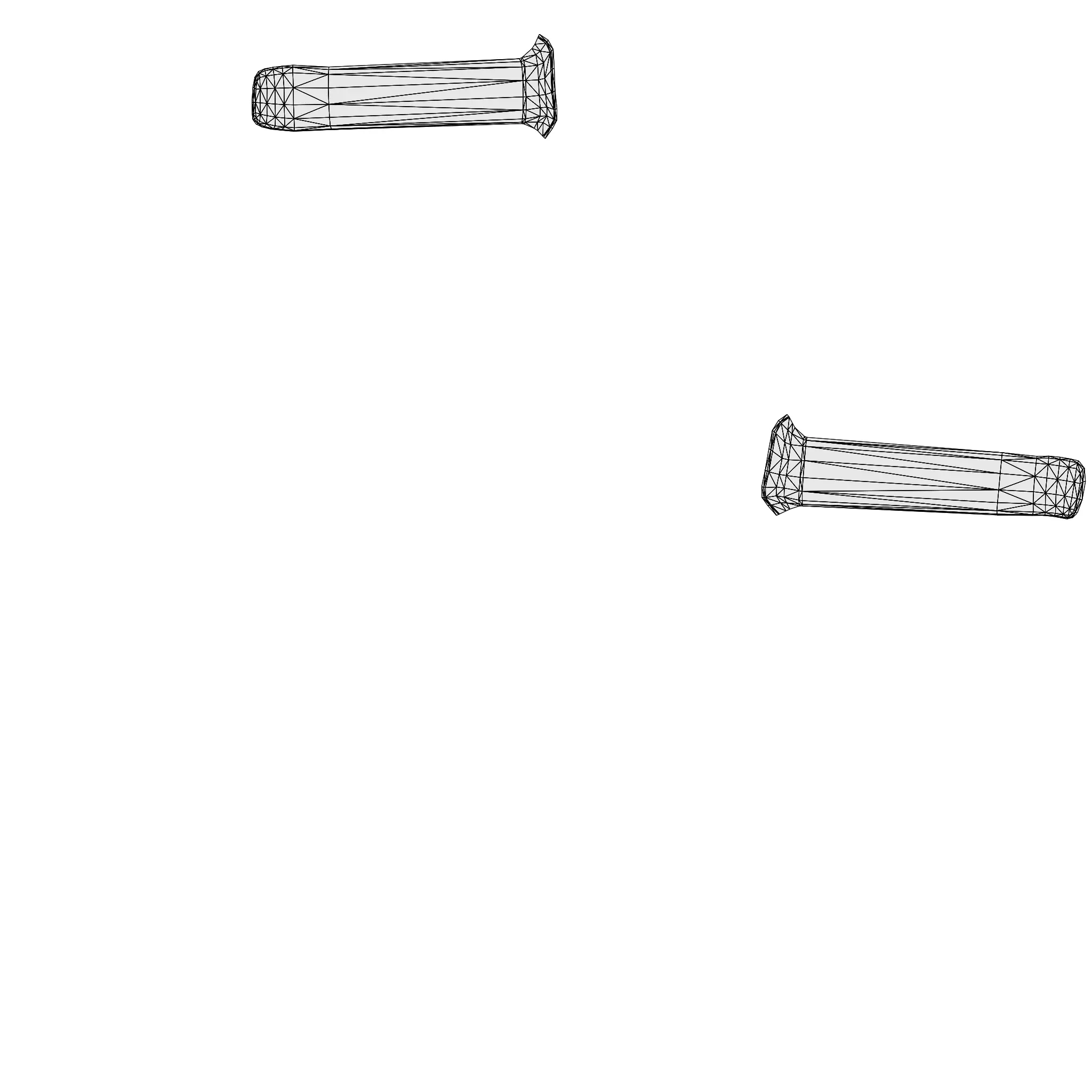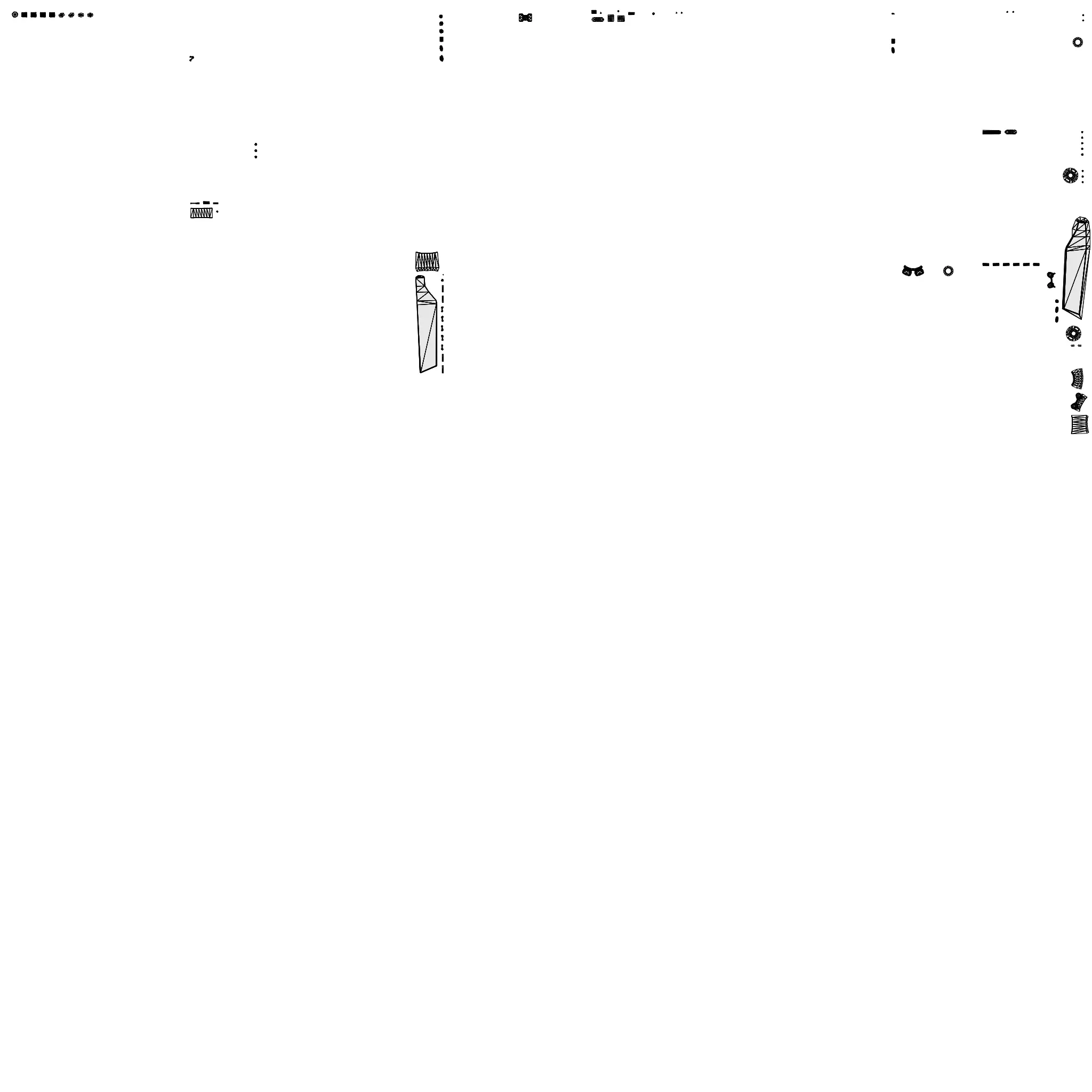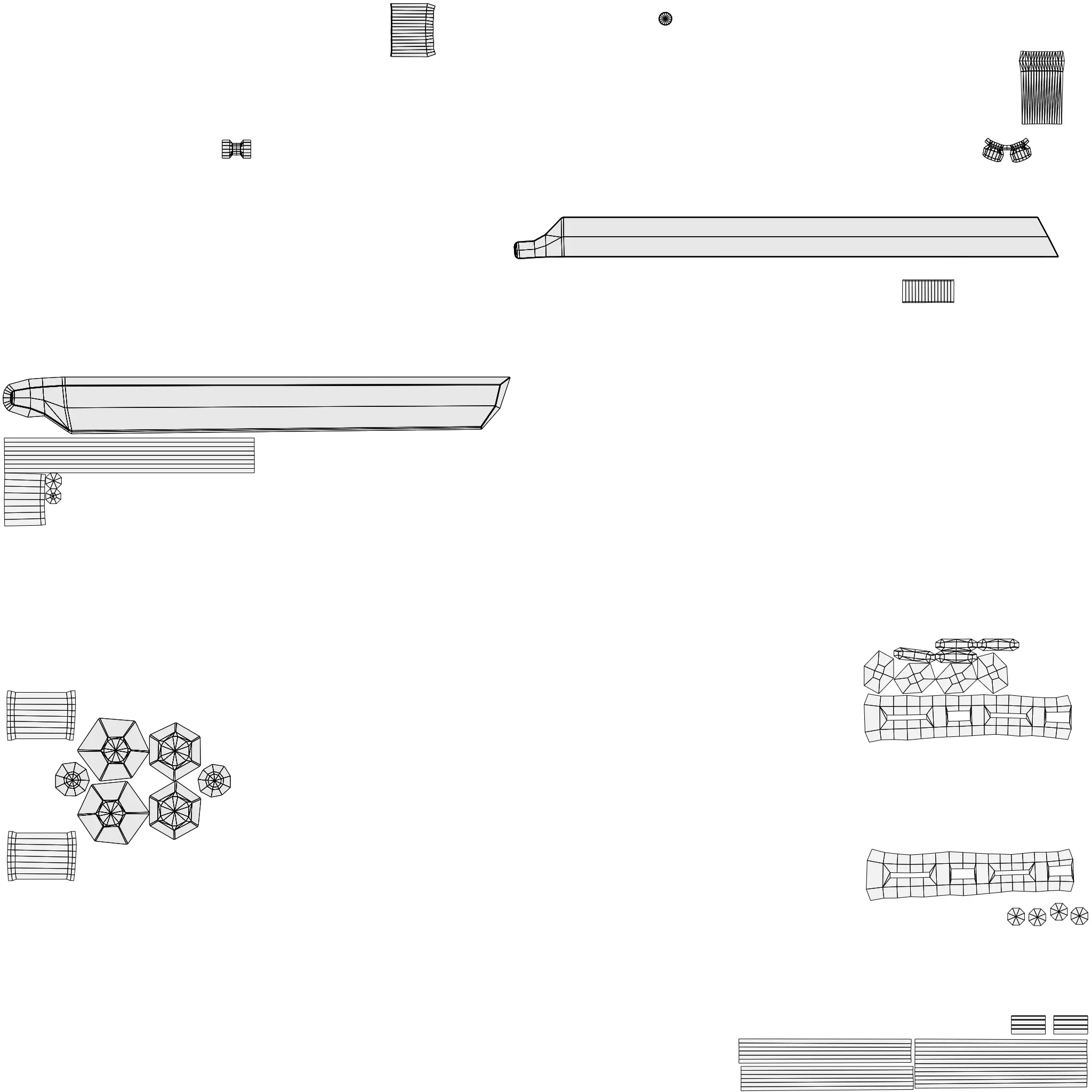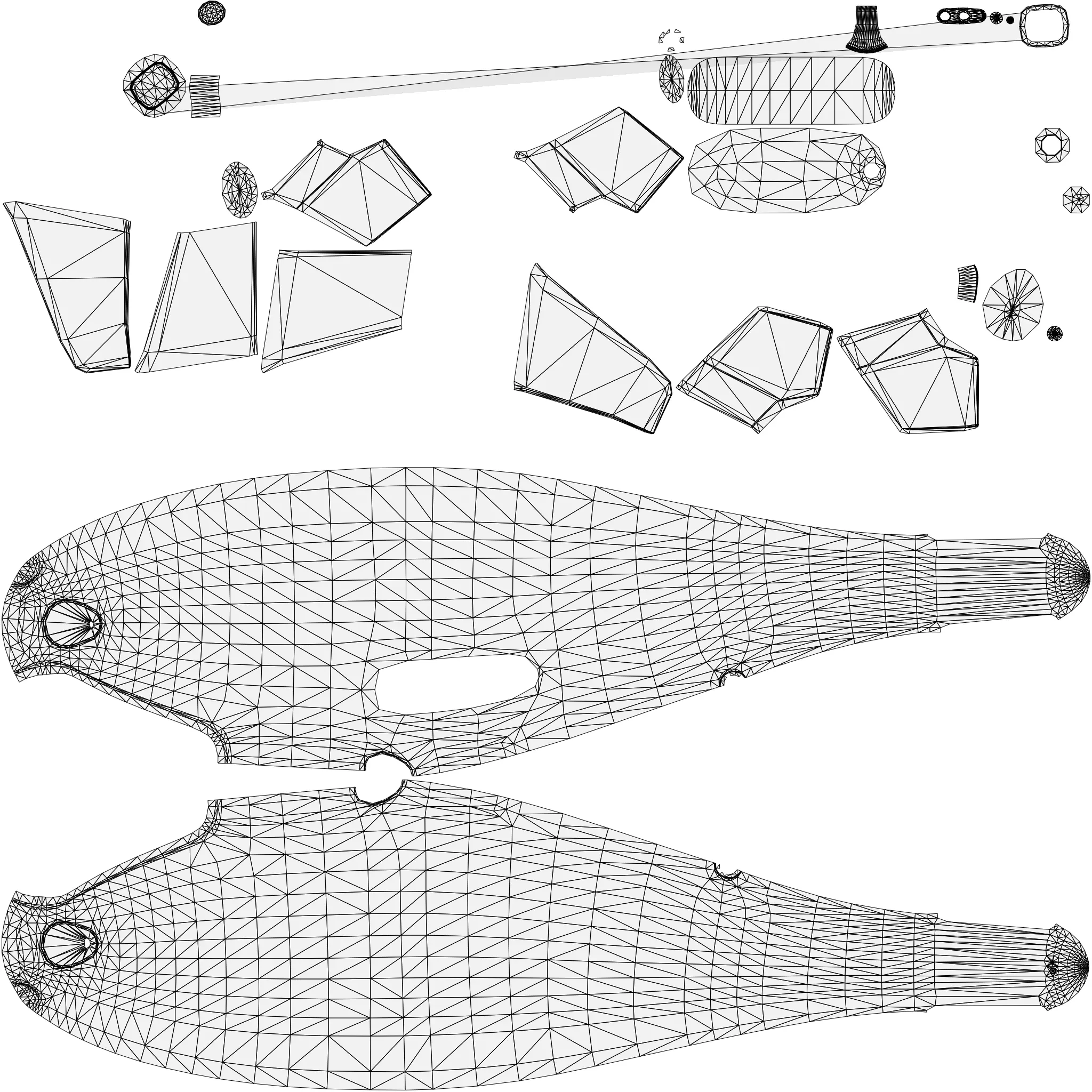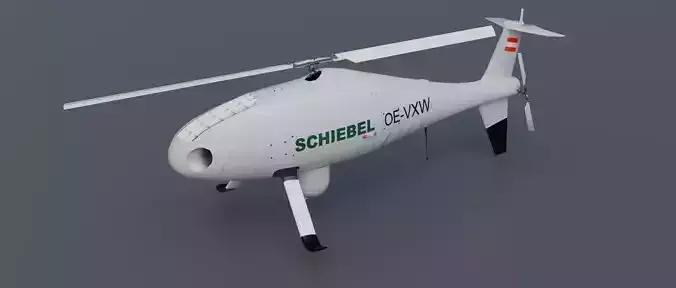
Schiebel Camcopter S-100 The GHOSTCOPTER Low-poly 3D model
Perfect for use in games and simulation projects.
The Schiebel Camcopter S-100 is a vertical takeoff and landing (VTOL) unmanned aerial vehicle (UAV) developed by the Austrian company Schiebel Elektronische Geräte GmbH. It is specifically engineered to provide high-performance capabilities in both civilian and military domains, particularly in areas such as maritime surveillance, intelligence-gathering, search and rescue (SAR), border patrol, target acquisition, and environmental monitoring. The S-100 is a rotary-wing UAV, which allows it to operate without the need for a runway or launching equipment, making it suitable for deployment from ships, small airfields, remote outposts, or mobile platforms. Its ability to hover, fly at low altitudes, and maneuver in confined airspace provides operational flexibility in both complex and congested environments.
The airframe of the Camcopter S-100 is relatively compact, with a total length of approximately 3.11 meters, a height of around 1.12 meters, and a main rotor diameter of about 3.4 meters. The UAV has a maximum takeoff weight (MTOW) of roughly 200 kilograms, with an empty weight close to 110–114 kilograms, depending on configuration. The payload capacity is approximately 50 kilograms, allowing for the integration of diverse and mission-specific sensor packages. The aircraft is powered by a 55-horsepower Diamond piston engine, with an available option for a heavy-fuel variant capable of running on military-grade fuels such as JP-5, JP-8, or Jet A-1. This makes the platform compatible with naval and military logistics chains, particularly in shipborne operations.
In terms of endurance and range, the Camcopter S-100 is capable of sustaining flight for up to 6 hours with standard internal fuel (approximately 57 liters) while carrying a full payload. This endurance can be extended to more than 10 hours through the use of auxiliary or external fuel tanks, depending on mission profiles and payload requirements. The UAV has a maximum horizontal speed of approximately 220 kilometers per hour and typically cruises at speeds between 100 and 150 kilometers per hour. It can operate at altitudes up to 5,500 meters (approximately 18,000 feet), though typical mission altitudes are lower for ISR and maritime operations.
One of the defining features of the Camcopter S-100 is its autonomous operational capability. The UAV is equipped with dual redundant flight control systems and can operate fully autonomously from takeoff through mission execution to landing. It navigates using a combination of GPS and inertial navigation systems (INS), with fail-safe backup modes for mission continuity in GPS-denied environments. Operators can program complex flight paths using waypoints, define surveillance or loiter patterns, and command dynamic mission changes in real time. Ground control is conducted via a proprietary control station, and communications can be maintained through line-of-sight datalinks or beyond-line-of-sight (BLOS) connections using satellite communications, depending on mission needs.
The modularity of the payload bay is a core strength of the S-100. It supports a wide array of mission-specific sensors and equipment, including but not limited to electro-optical and infrared (EO/IR) gimbals, synthetic aperture radar (SAR), laser rangefinders, laser designators, signals intelligence (SIGINT) receivers, electronic support measures (ESM), and automatic identification systems (AIS) for maritime vessel tracking. This versatility enables the Camcopter S-100 to conduct multi-role operations, often within a single mission, by combining surveillance, reconnaissance, and targeting capabilities. The UAV can also be fitted with communication relay equipment to extend the range of radio networks for ground forces or disaster response teams.
Operationally, the Camcopter S-100 is widely deployed in both military and civilian contexts across more than 20 countries. Naval forces often use the system for over-the-horizon targeting, anti-submarine warfare support, and maritime domain awareness. In civilian settings, the UAV has been utilized for oil and gas pipeline inspection, environmental monitoring, law enforcement, and disaster response. Its compact footprint and VTOL capability make it particularly well-suited for operations from small deck vessels such as offshore patrol vessels (OPVs) or fast attack craft.
In summary, the Schiebel Camcopter S-100 is a mature, battle-tested UAV system with high operational reliability, modular architecture, and broad mission applicability. Its design emphasizes autonomy, endurance, and sensor flexibility, making it a valuable asset for any entity requiring persistent surveillance and rapid deployment in diverse environments.
Formats include: OBJ, FBX. Feel free to check out the other models, just click on the user name to see the complete portfolio.

